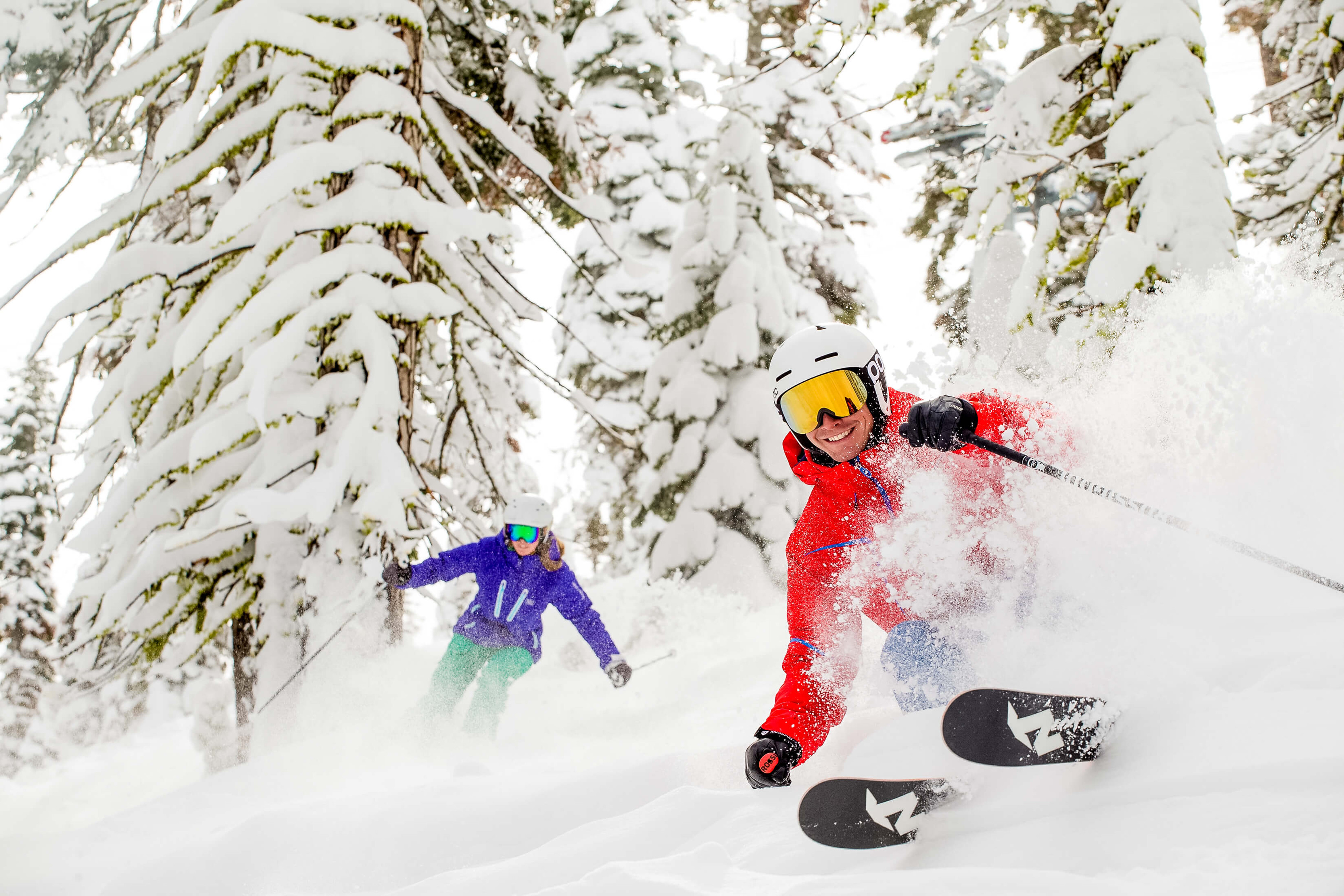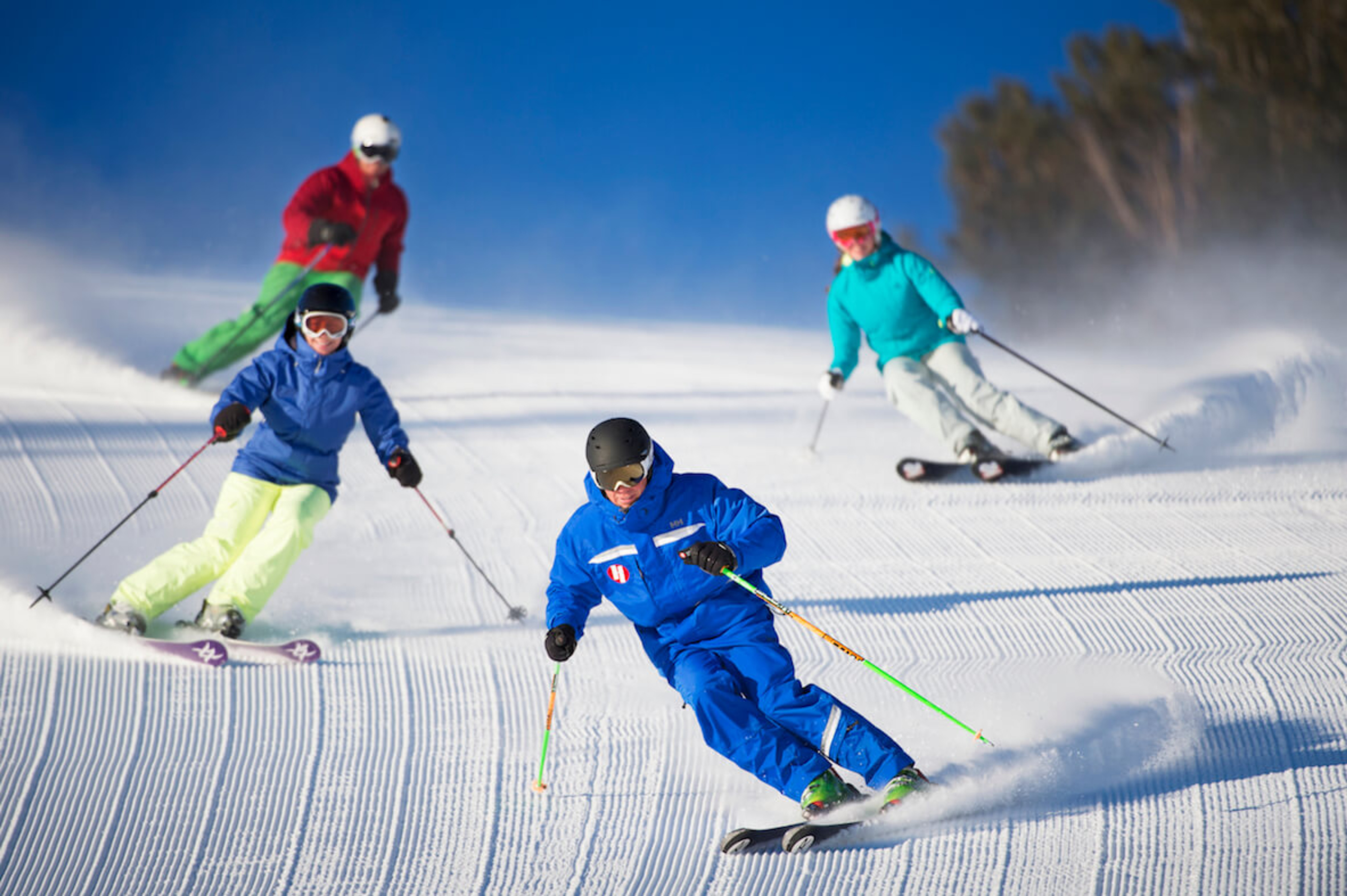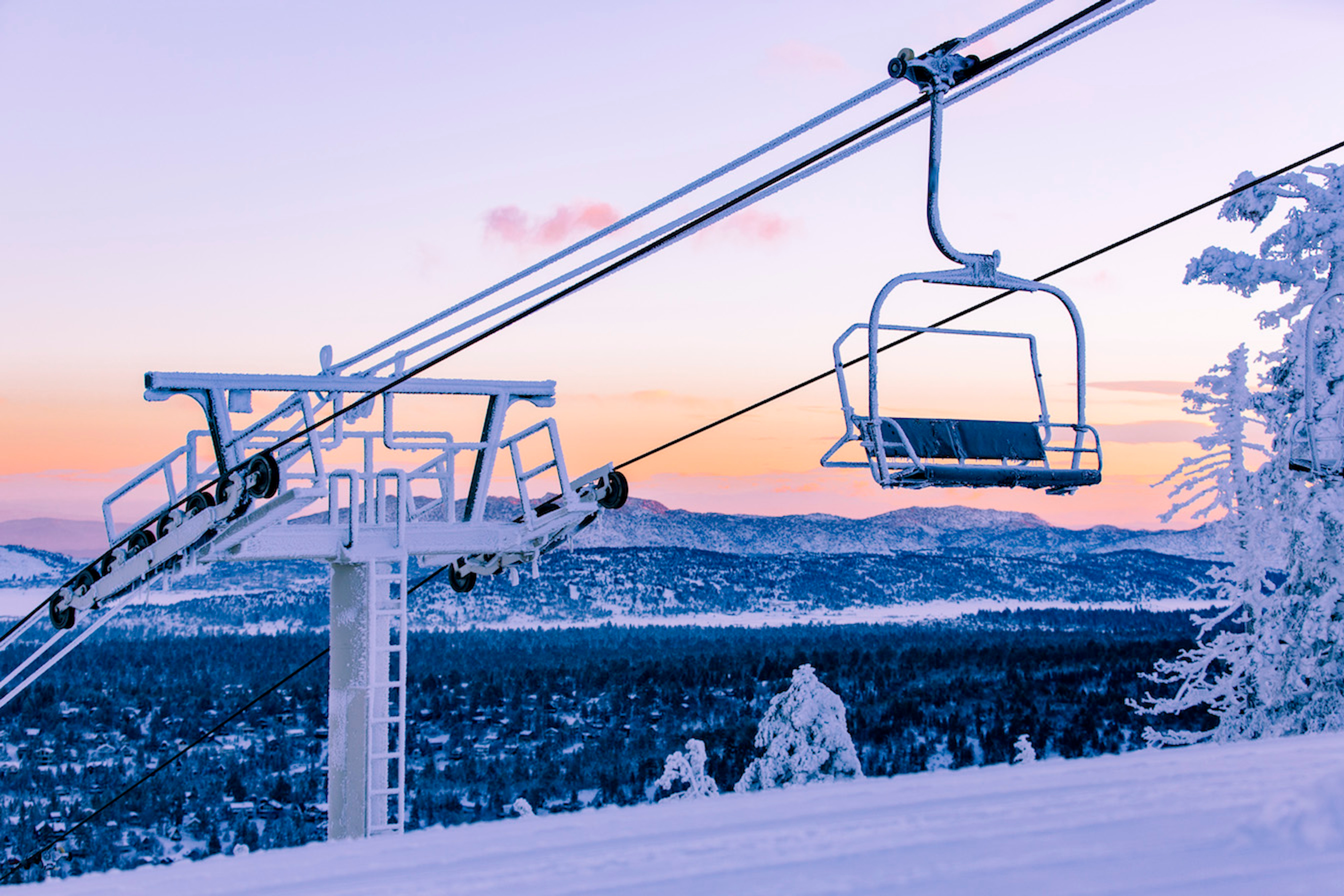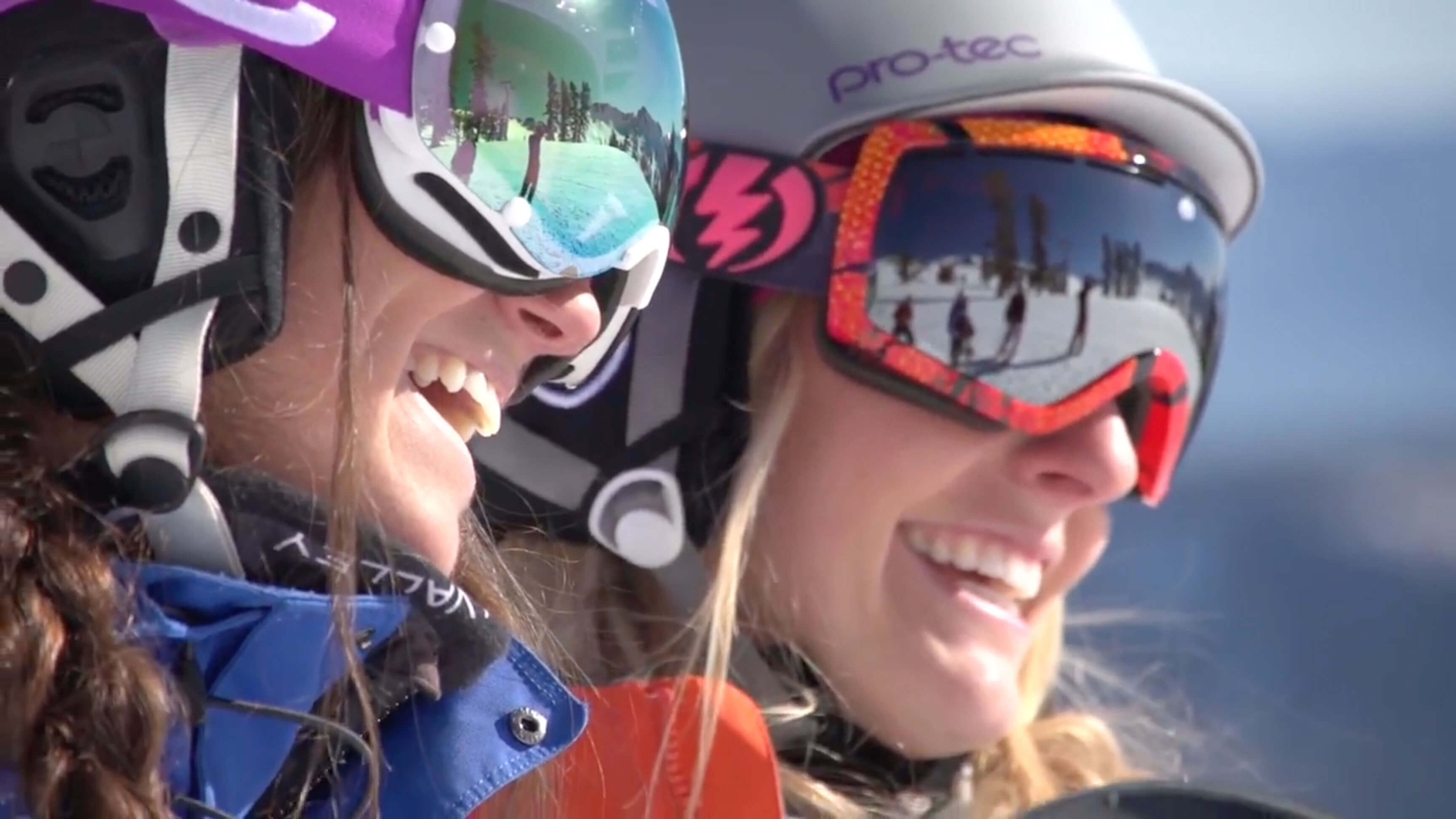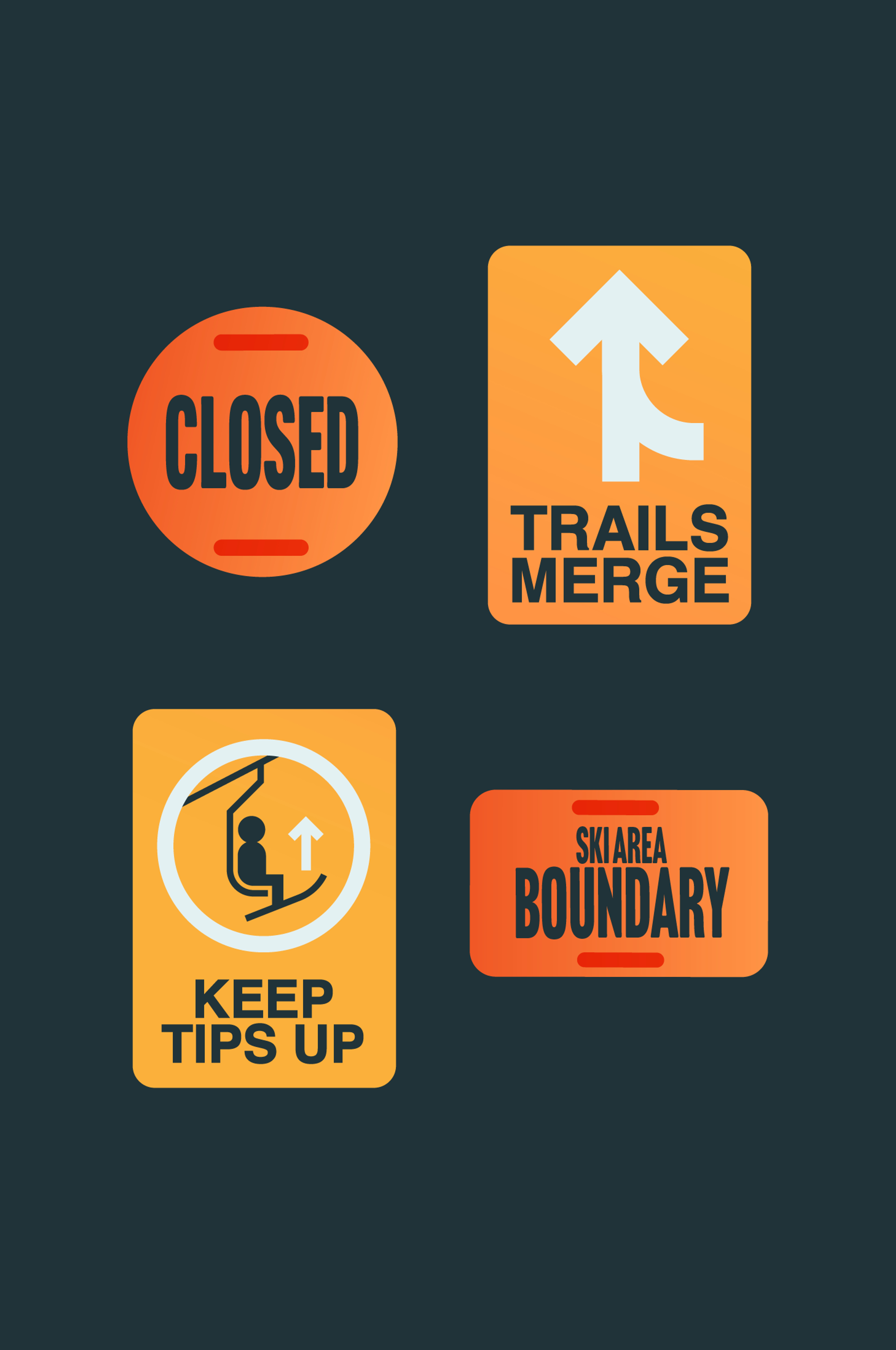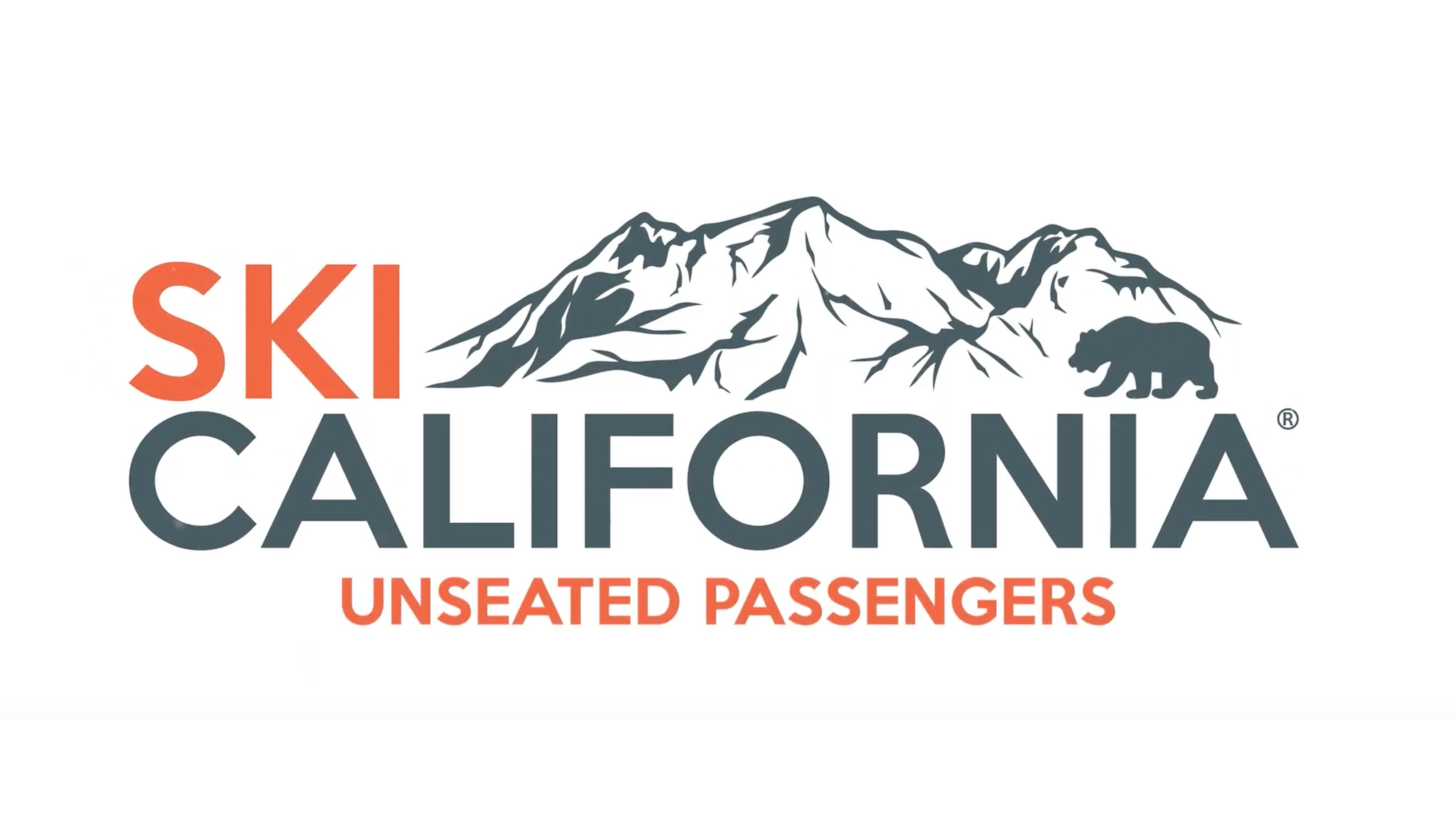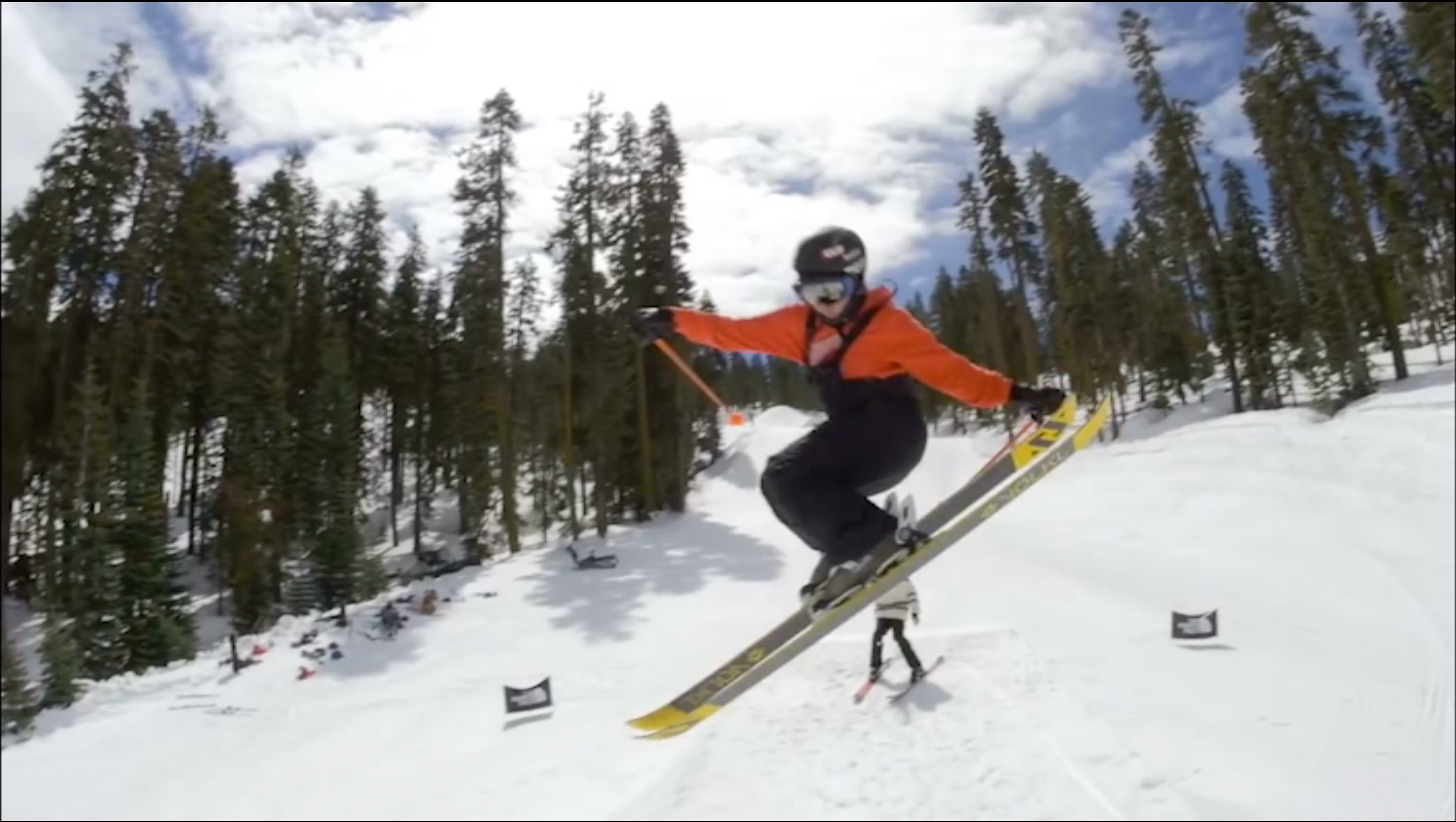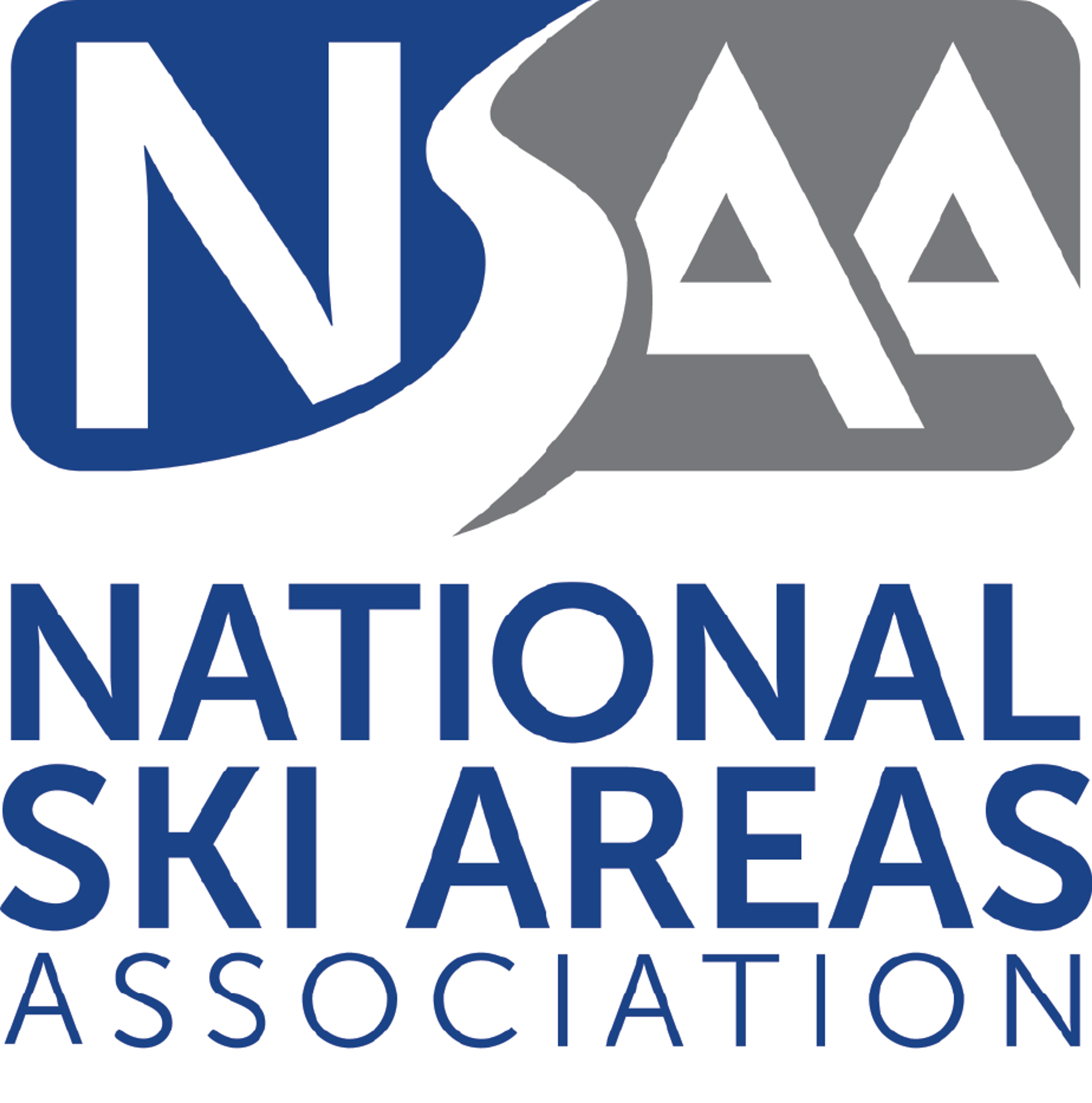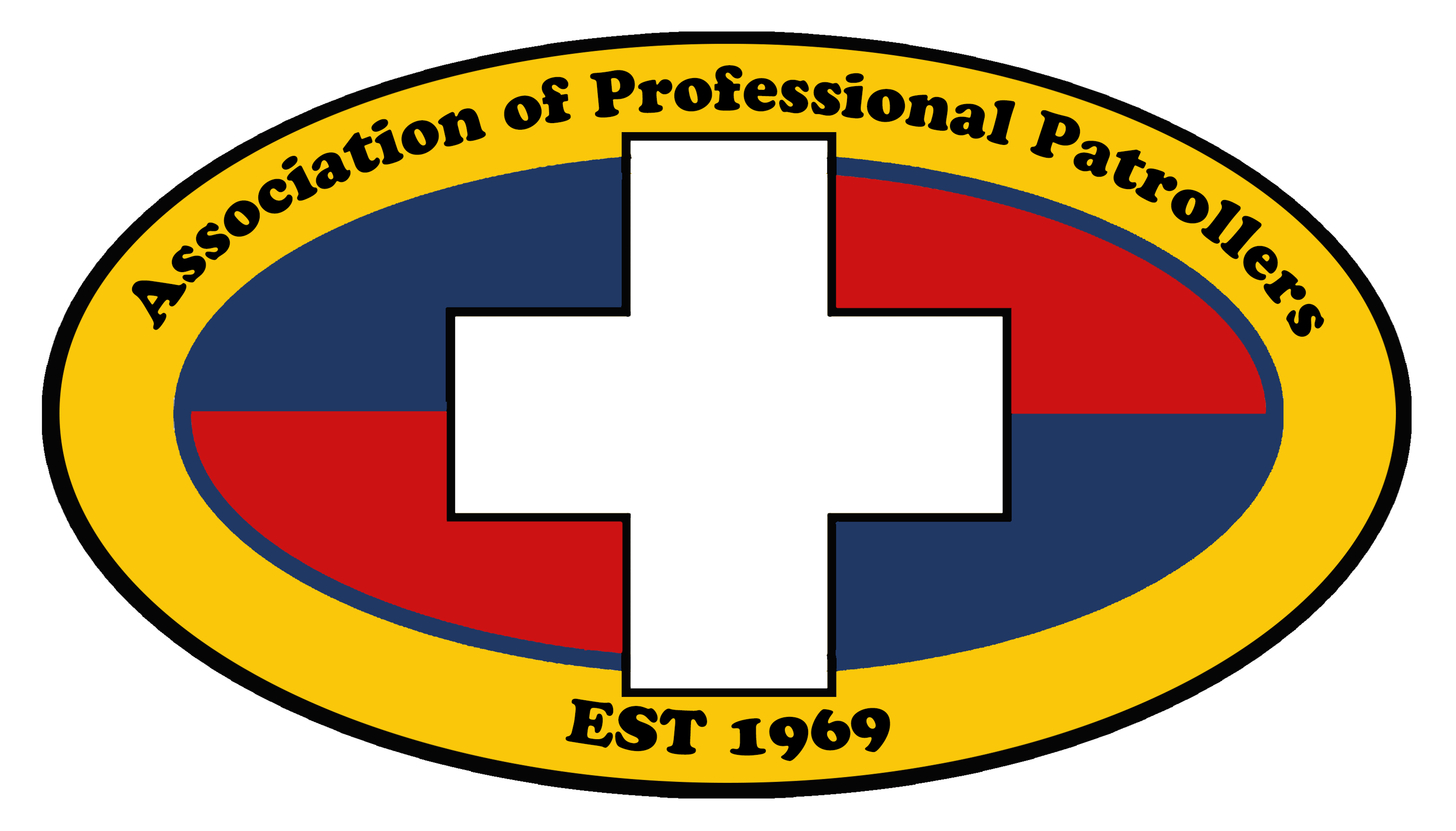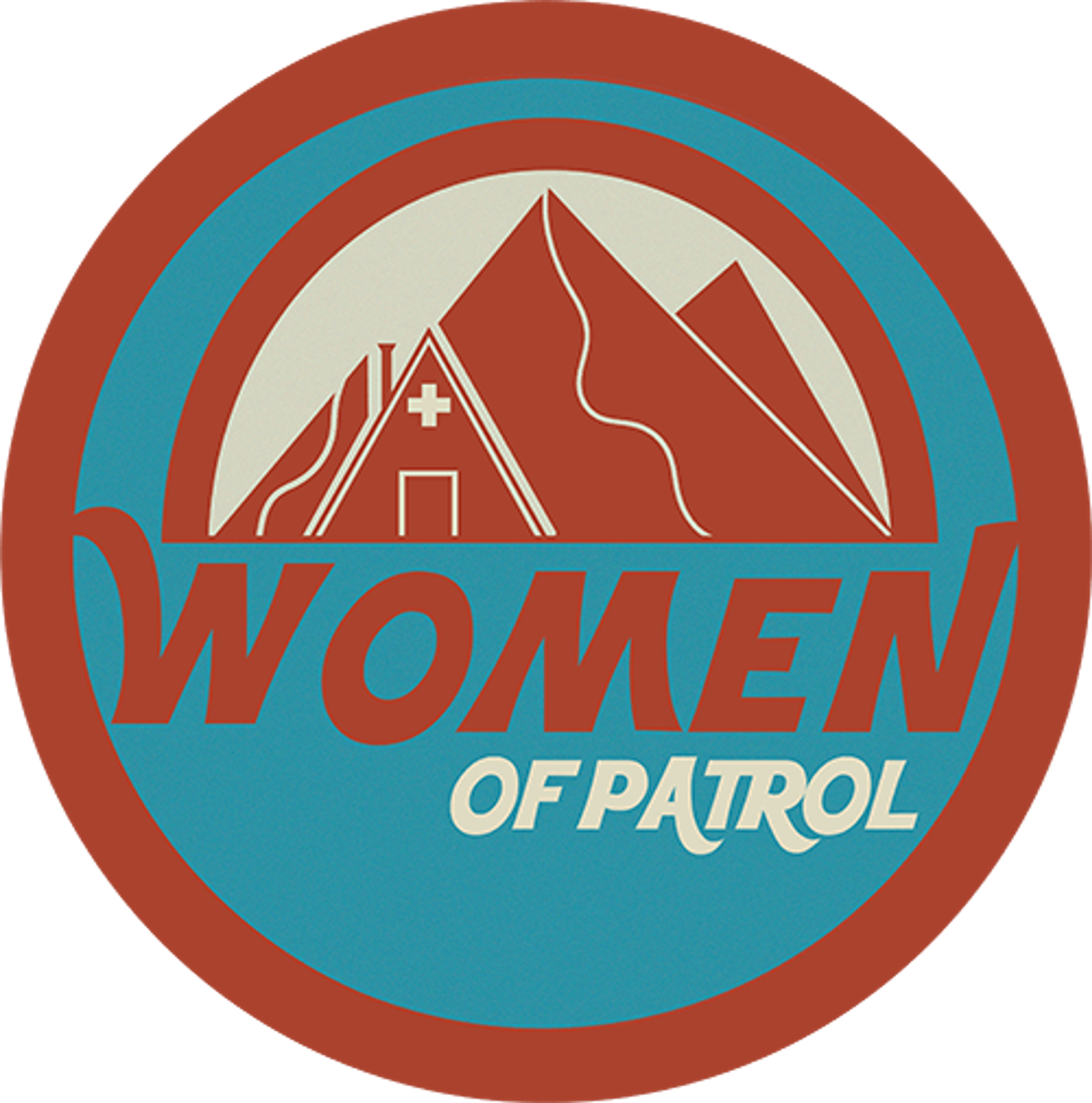


Mountain Safety Guide
Mountain safety is a partnership
Ski California and its member resorts in California and Nevada created the Mountain Safety Guide to educate our guests on how to ski and snowboard responsibly and safely while having a fun experience. Learning and practicing what is contained in this guide, using common sense, and making good decisions will contribute to your safety and the safety of all guests.
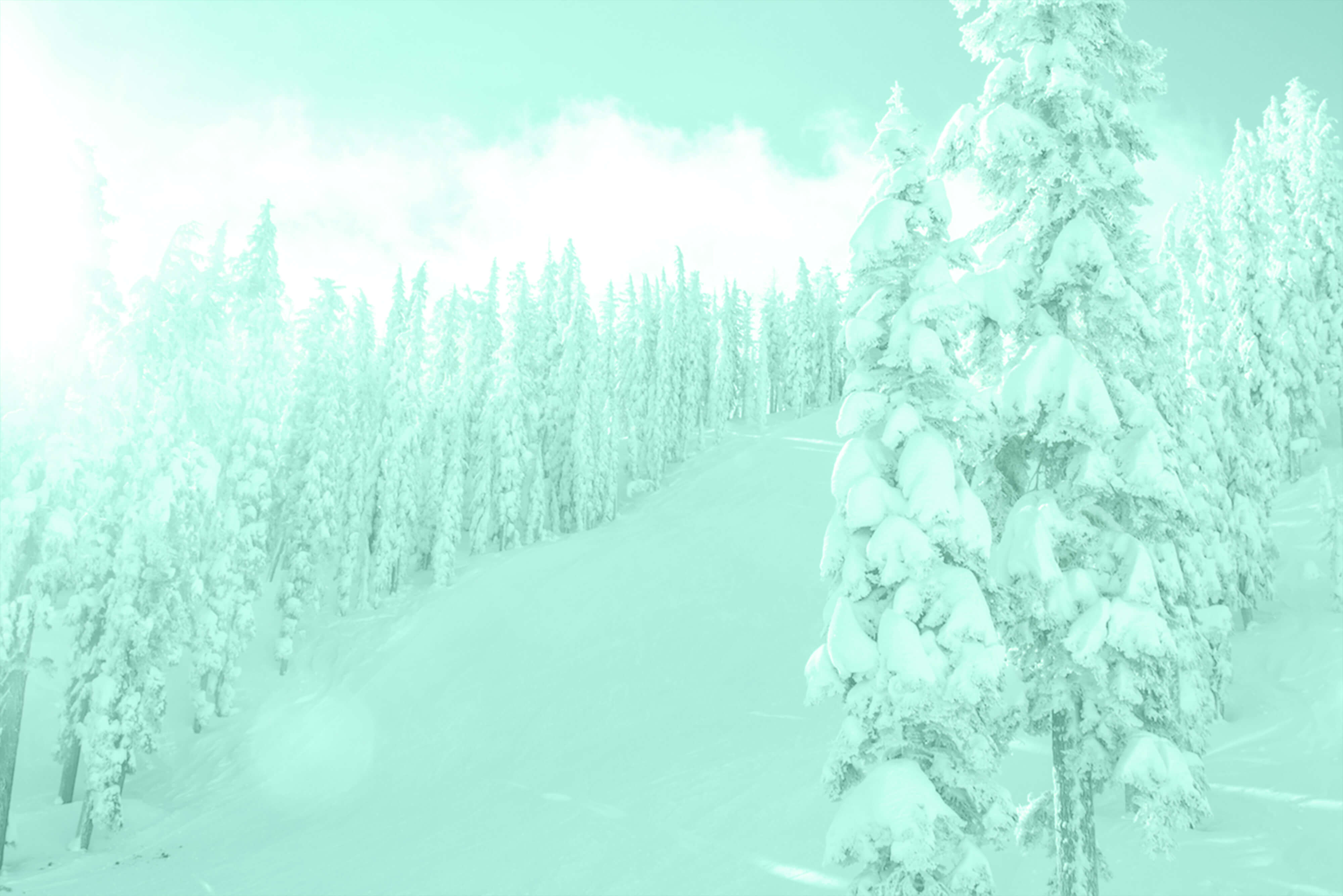
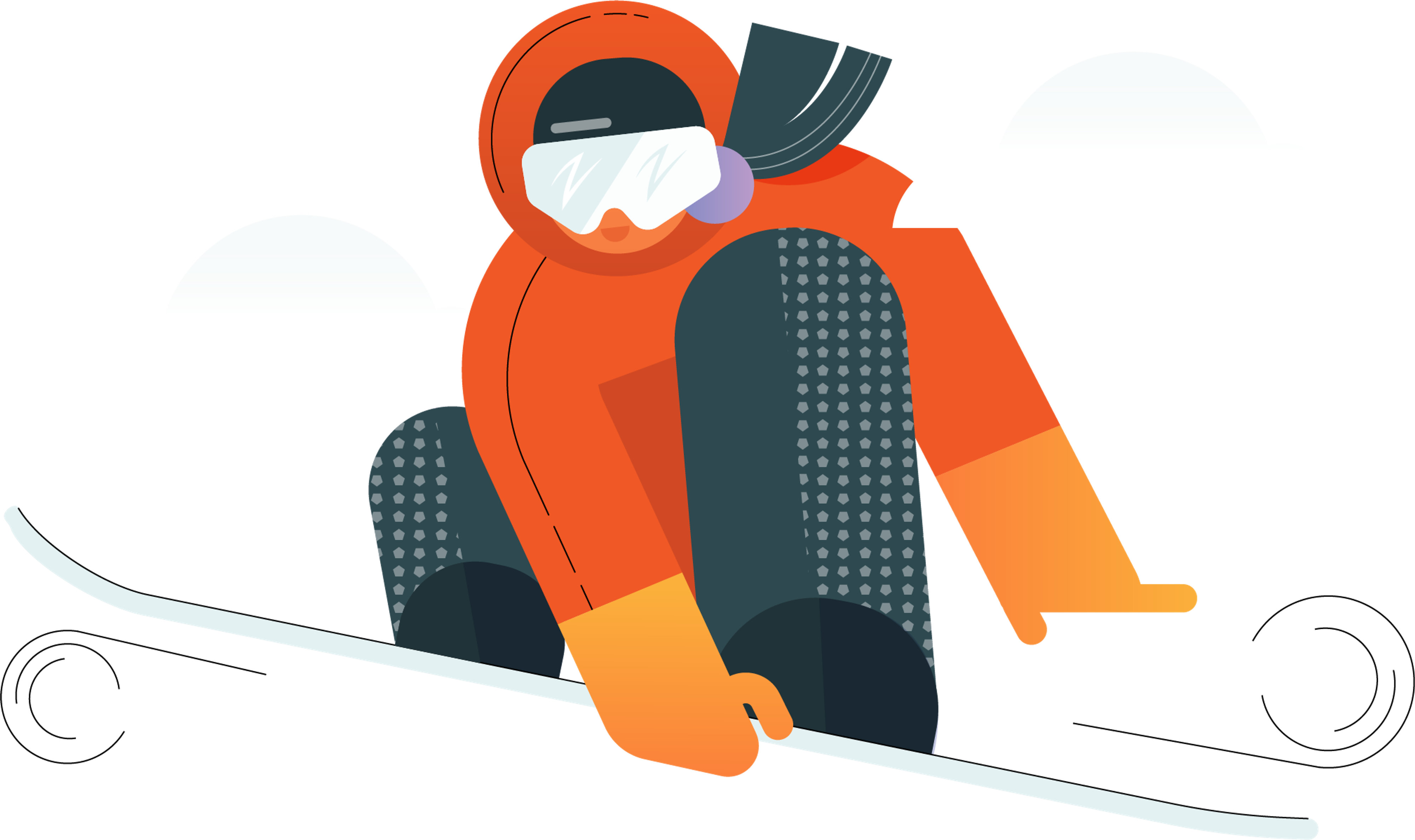
Before you Ski & Ride
So, you’re ready to ski or snowboard. Whether it was family or friends, the beauty of the mountains, or love for outdoor recreation that brought you here, PREPARATION will help your trip to the slopes be both enjoyable and safe.
Your Responsibility Code
Always wear a helmet
Wear a properly fitted helmet with the chin strap securely tightened to help prevent or minimize injuries.
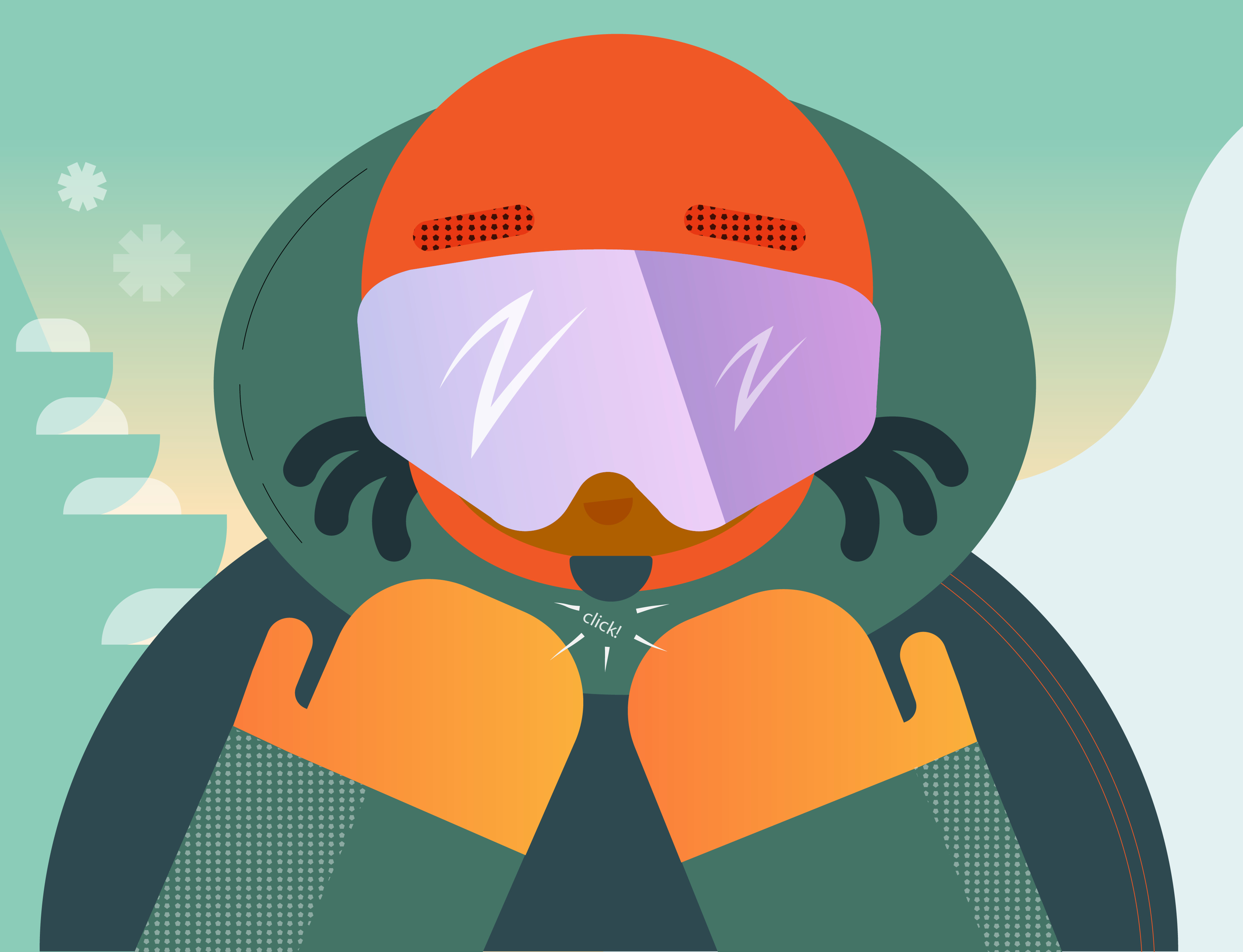
Use properly maintained equipment
Have bindings inspected and correctly adjusted by a certified technician.
Dress for winter
Dress in water– and wind-resistant outerwear and layers to accommodate changing conditions.
Protect yourself from UV rays
Use sunscreen and wear goggles or sunglasses. The sun at altitude is intense, even on cloudy days.
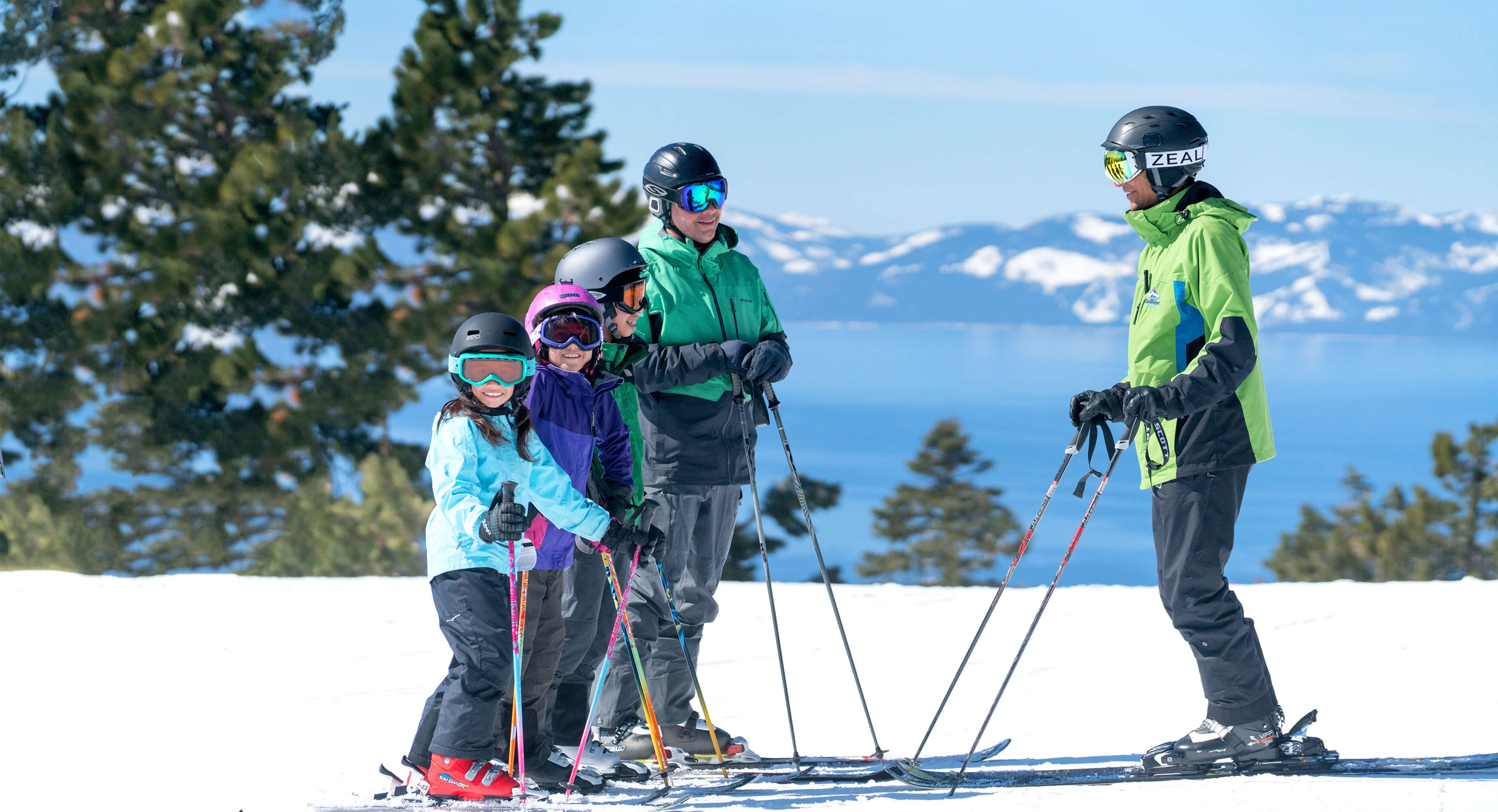
Take a lesson
Every experience level can benefit from professional instruction.
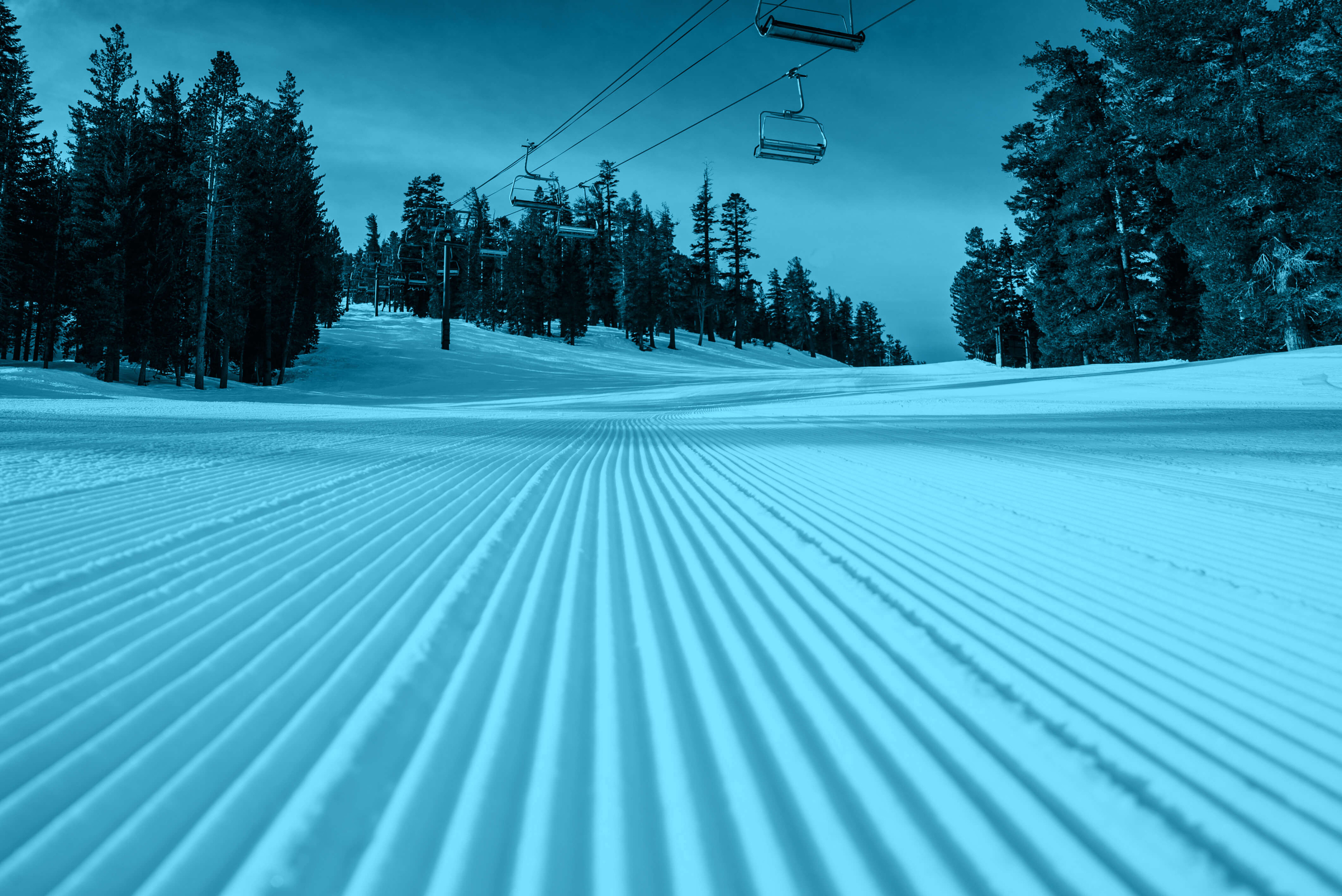
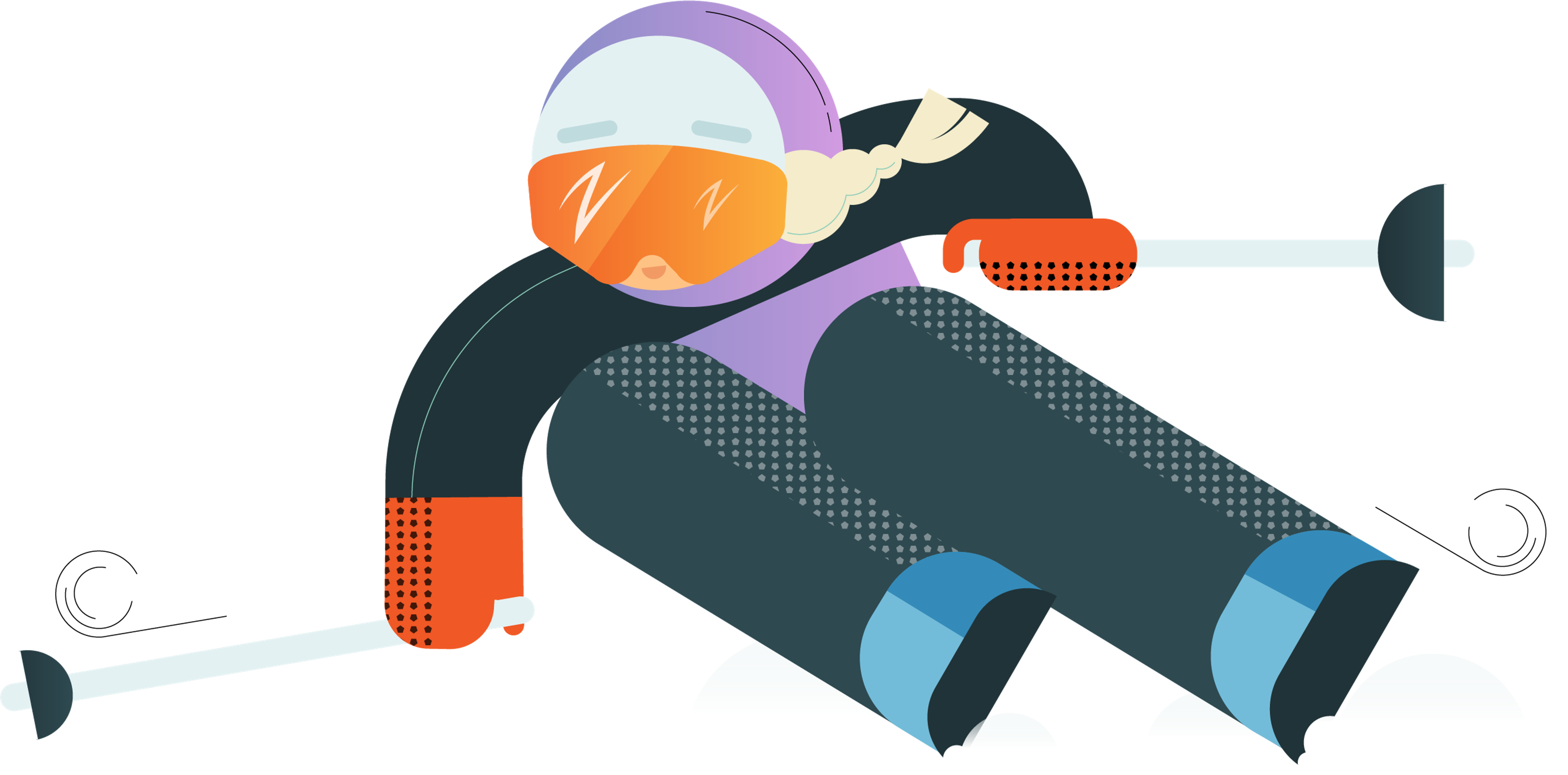
On The Slopes
Skiing and snowboarding are active and exciting outdoor sports with inherent risks that cannot be eliminated, including the risk of serious injury and death. Because of these risks, it is YOUR responsibility to be aware of your surroundings, the conditions, and your ability.
Ski or Ride in Control
Be aware of your surroundings at all times. Ski or ride at a speed you are able to safely stop and avoid others and objects you may encounter.
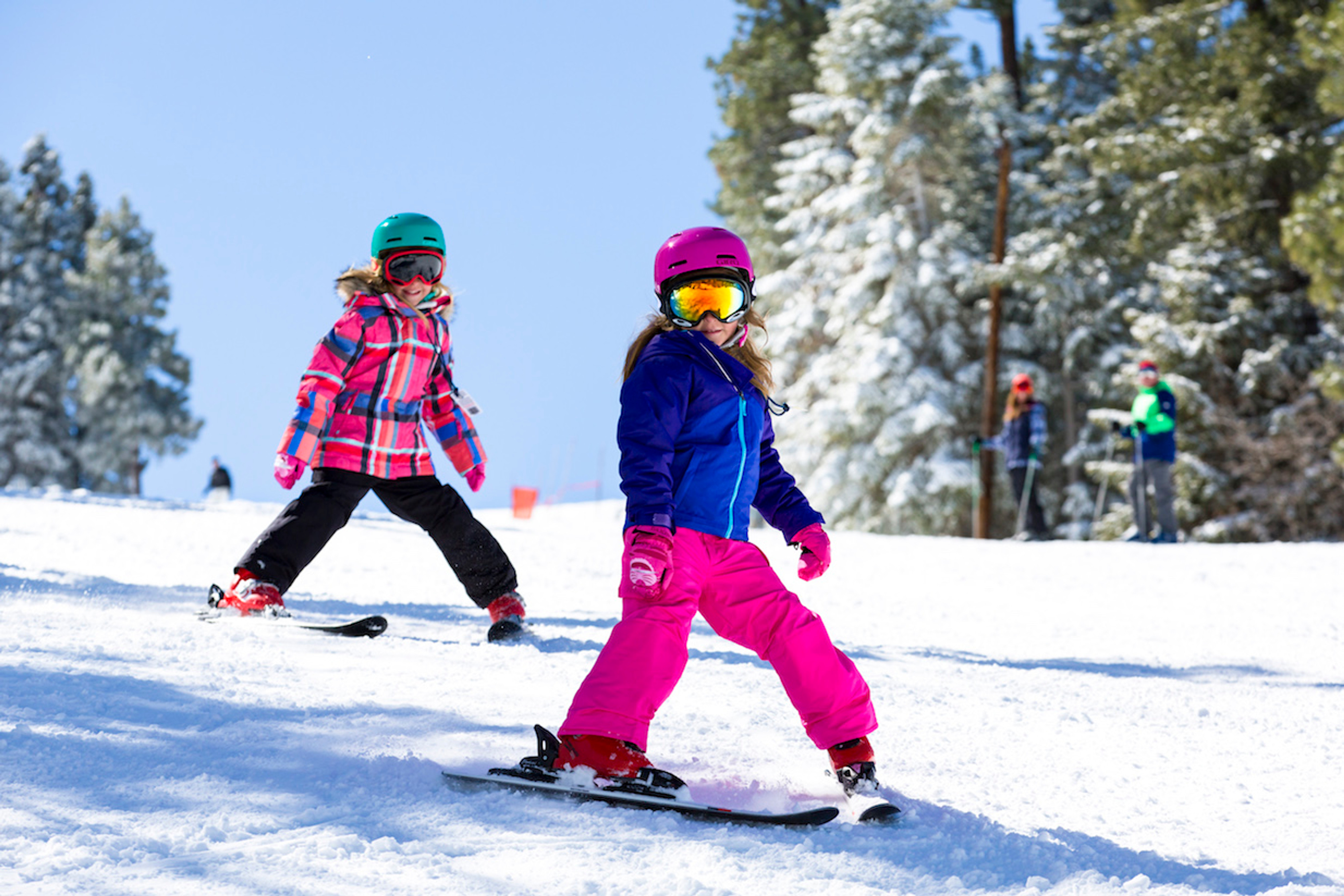
Do Not Enter Closed Areas
Ropes and closures are in place for your safety.
Look Out for Hazards and Obstacles
Both natural and man-made. Resorts may use poles, flags, discs, ropes, fences, pads, signs, and other devices to provide visual warnings. These devices will not protect you from injury. No resort can mark all hazards and obstacles.
Look Out for Over-Snow Vehicles
They may be on the slopes heading uphill or downhill, so stay clear of them at all times.
Mountain Signage
Maps and mountain signs contain information that can help you find trails and lifts, know when trails merge or if terrain is closed, learn where slow skiing and riding is required, and locate ski patrol and other mountain services.
All signs, fences, pads, equipment covers, poles, and other markings exist to warn you of potential obstacles or hazards. They will not protect you from injury. It is your responsibility to avoid them.
Trail difficulty ratings are relative to each resort’s specific terrain and rating systems do vary by resort (e.g., a "blue diamond" for more difficult intermediate runs), so guests should always be aware of a particular resort's rating system. Work your way up from easier to more difficult trails. When in doubt about a trail or what type of terrain a lift serves, ask resort staff for guidance.
Trail rating symbols indicate the difficulty level of terrain. Here’s what they mean:

 Green Circle
Easier
Green Circle
Easier
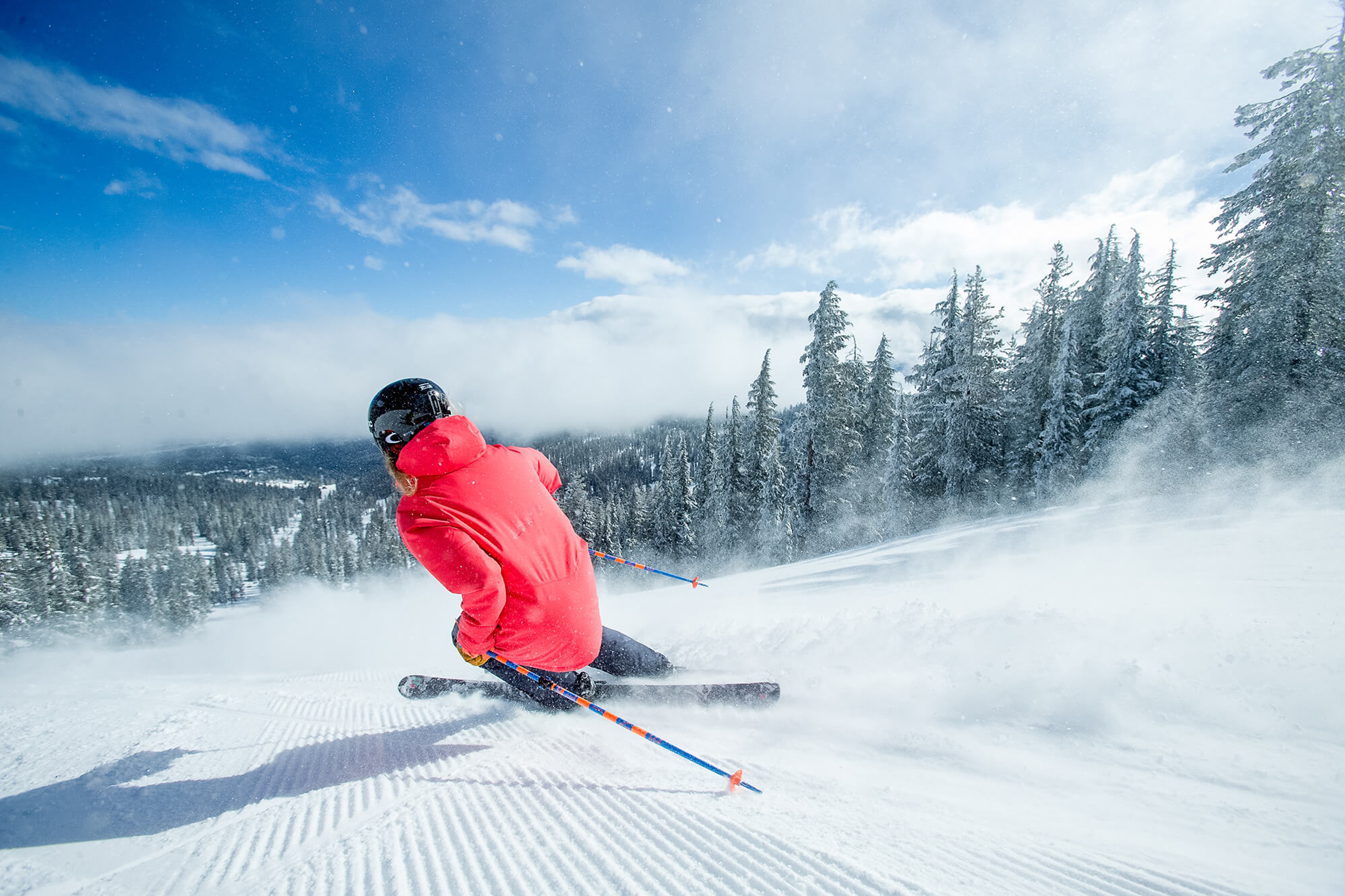
 Blue Square
More Difficult
Blue Square
More Difficult
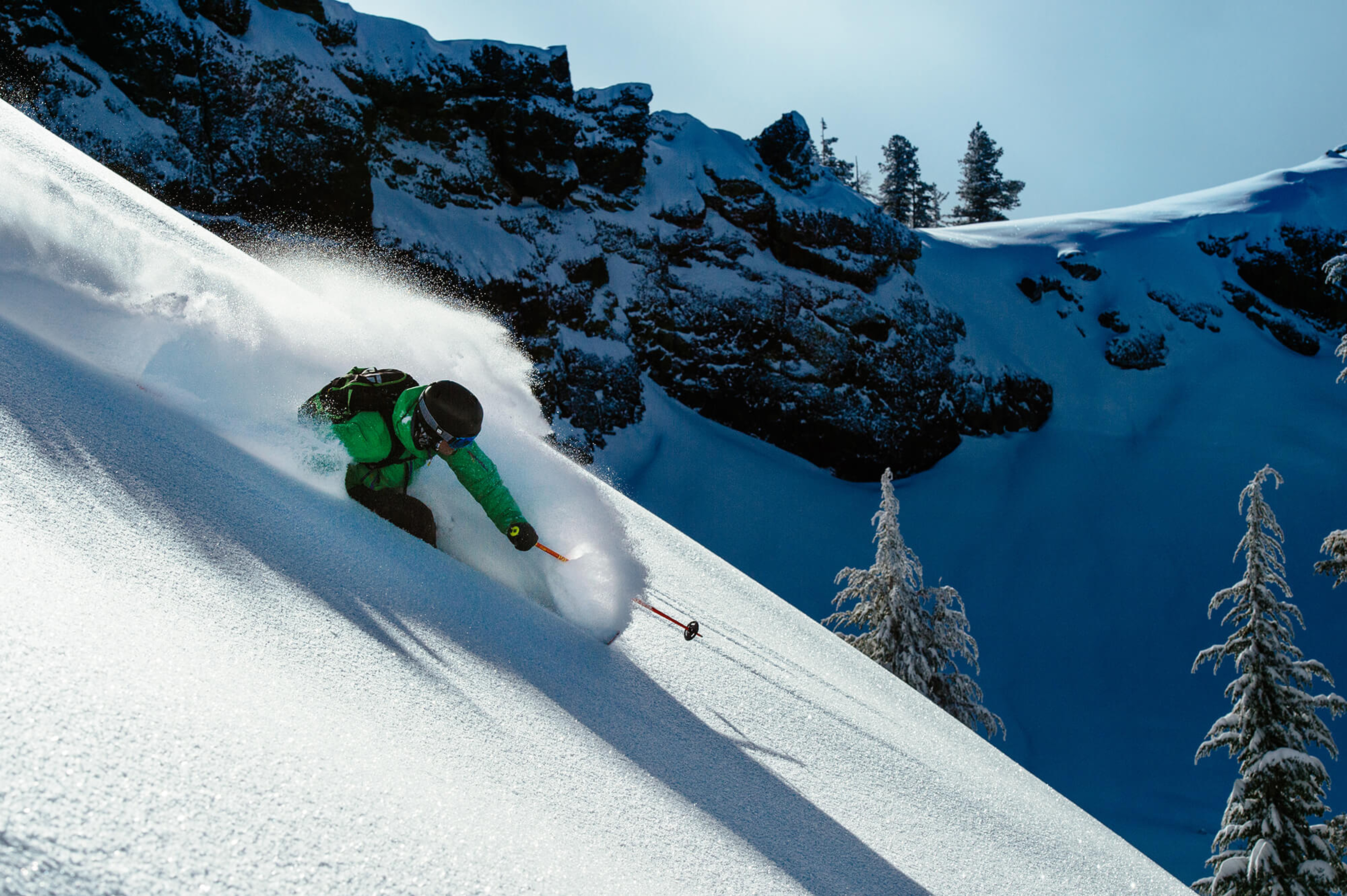
 Black Diamond
Most Difficult
Black Diamond
Most Difficult
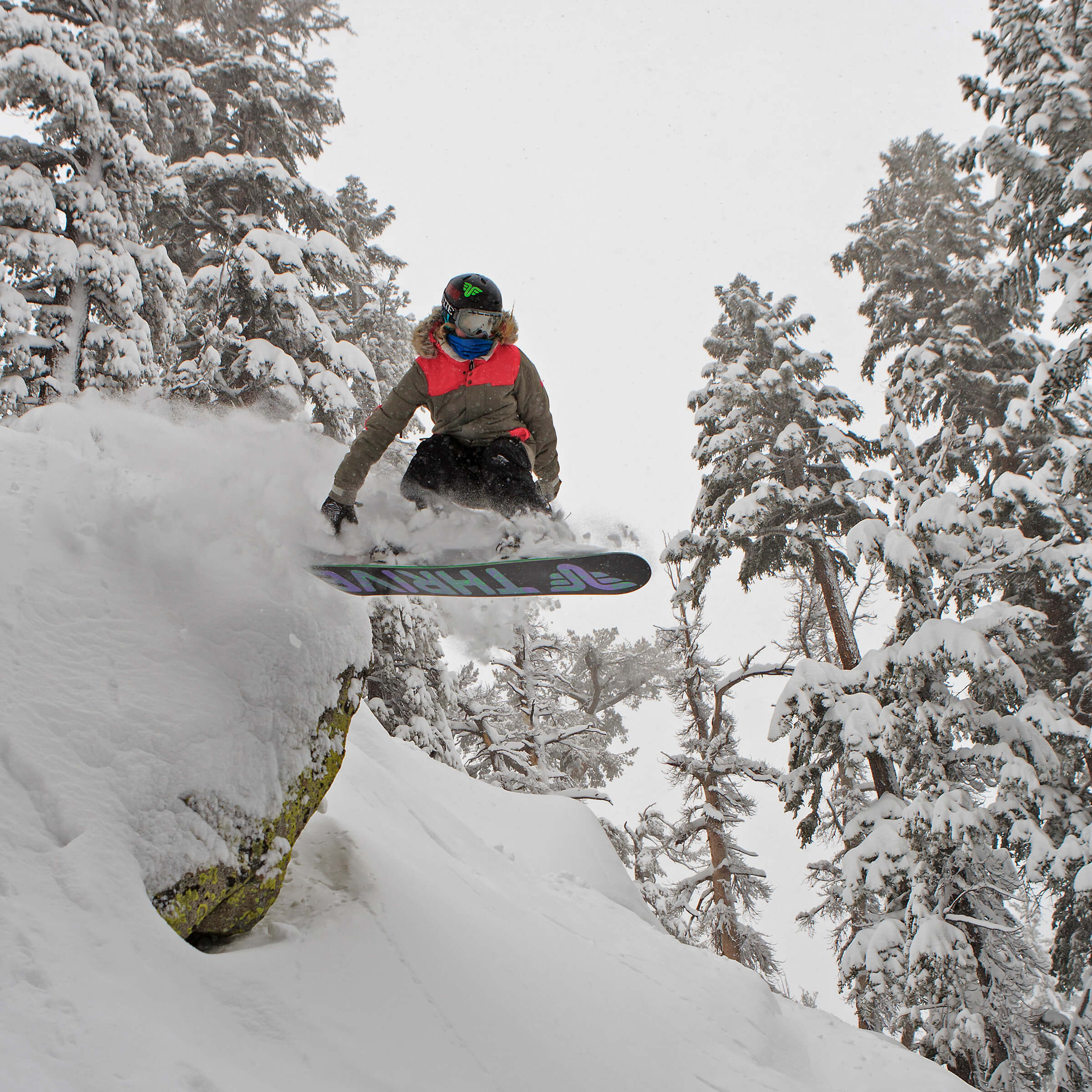
 Double-Black Diamond
Experts Only
Double-Black Diamond
Experts Only
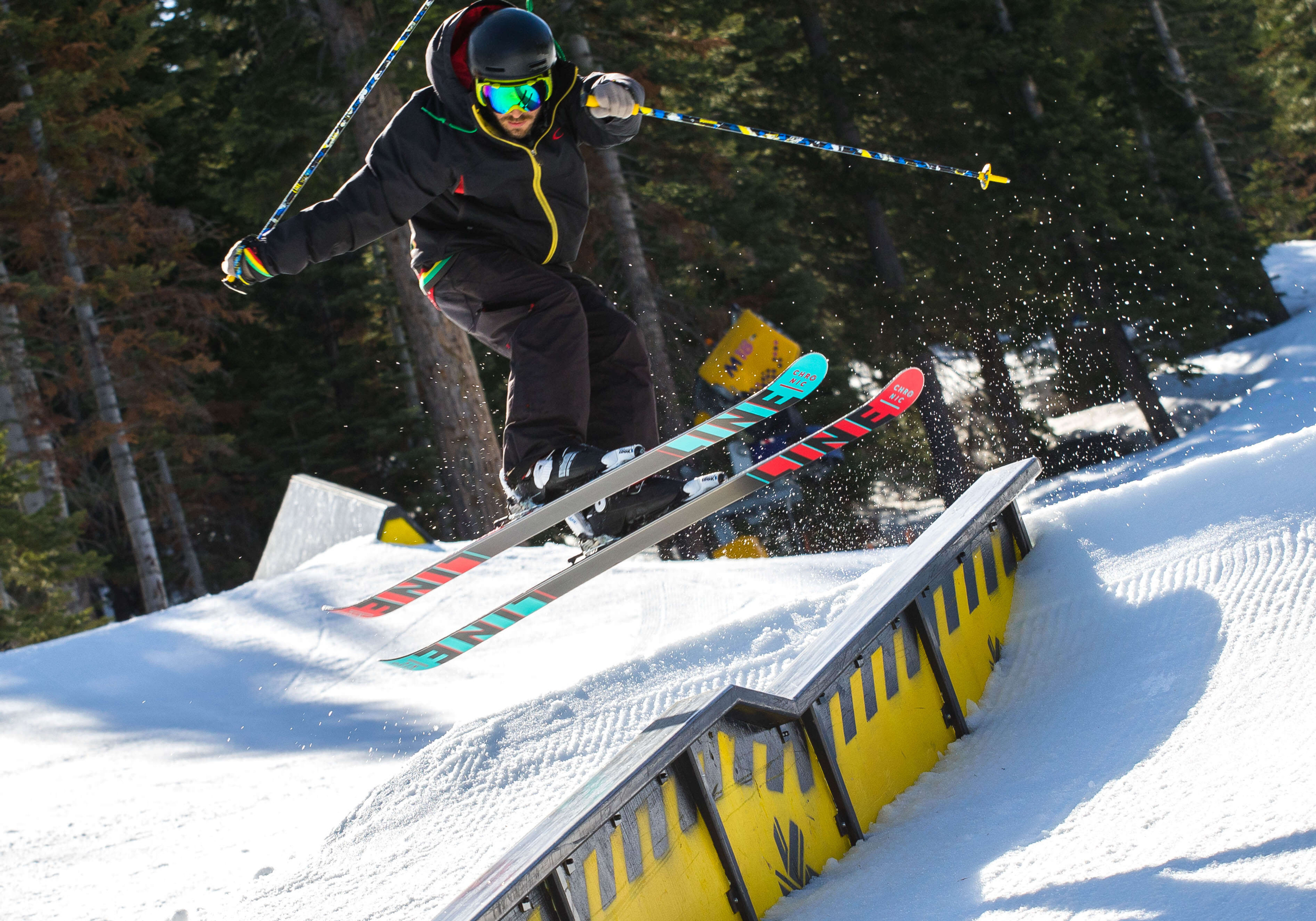
 Orange Oval
Freestyle Terrain
Orange Oval
Freestyle Terrain
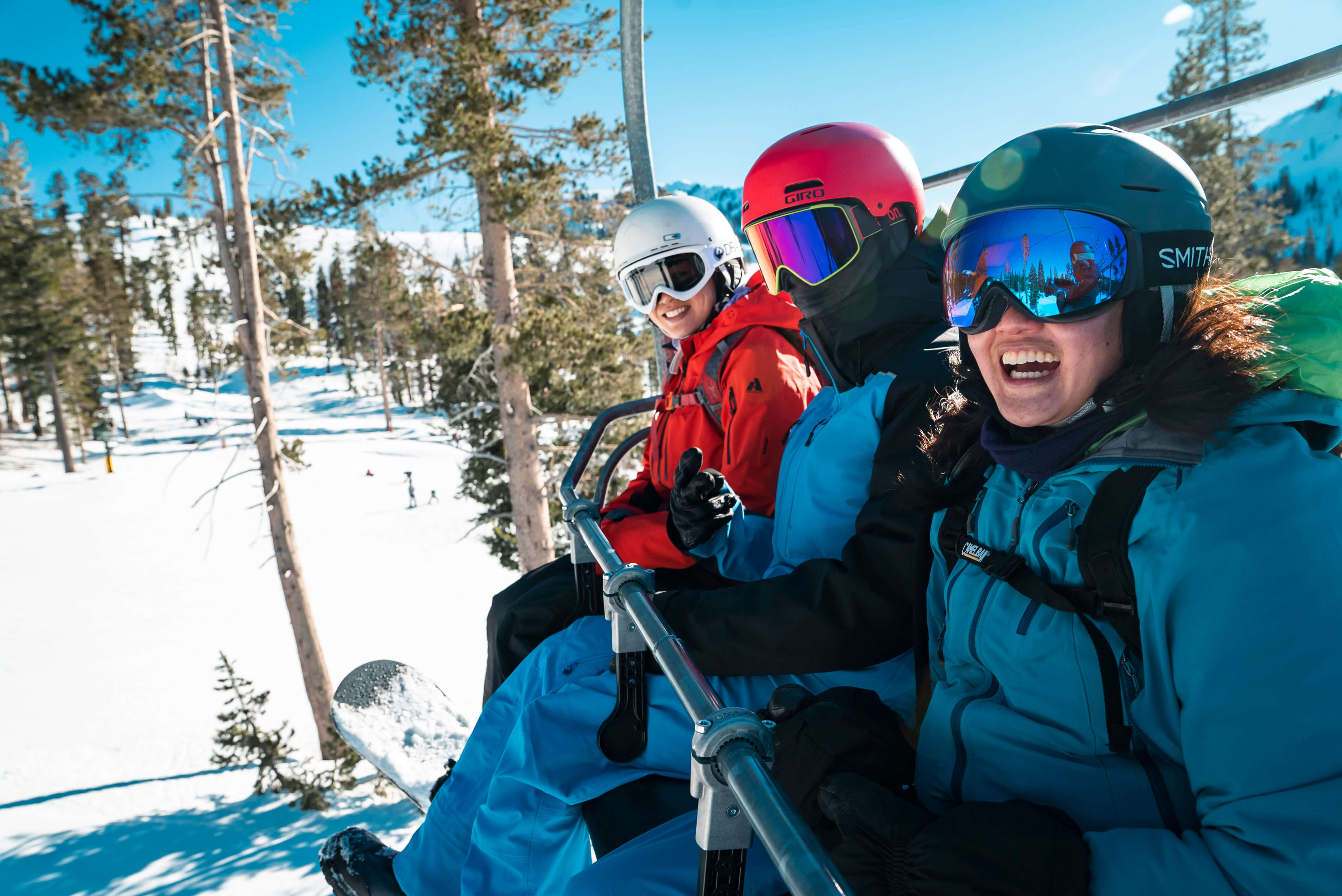
Lift Safety
Lift incidents are almost always avoidable. It's important (and part of Your Responsibility Code) to know how to load, ride and unload all lifts safely.
Loading
Riding
Unloading
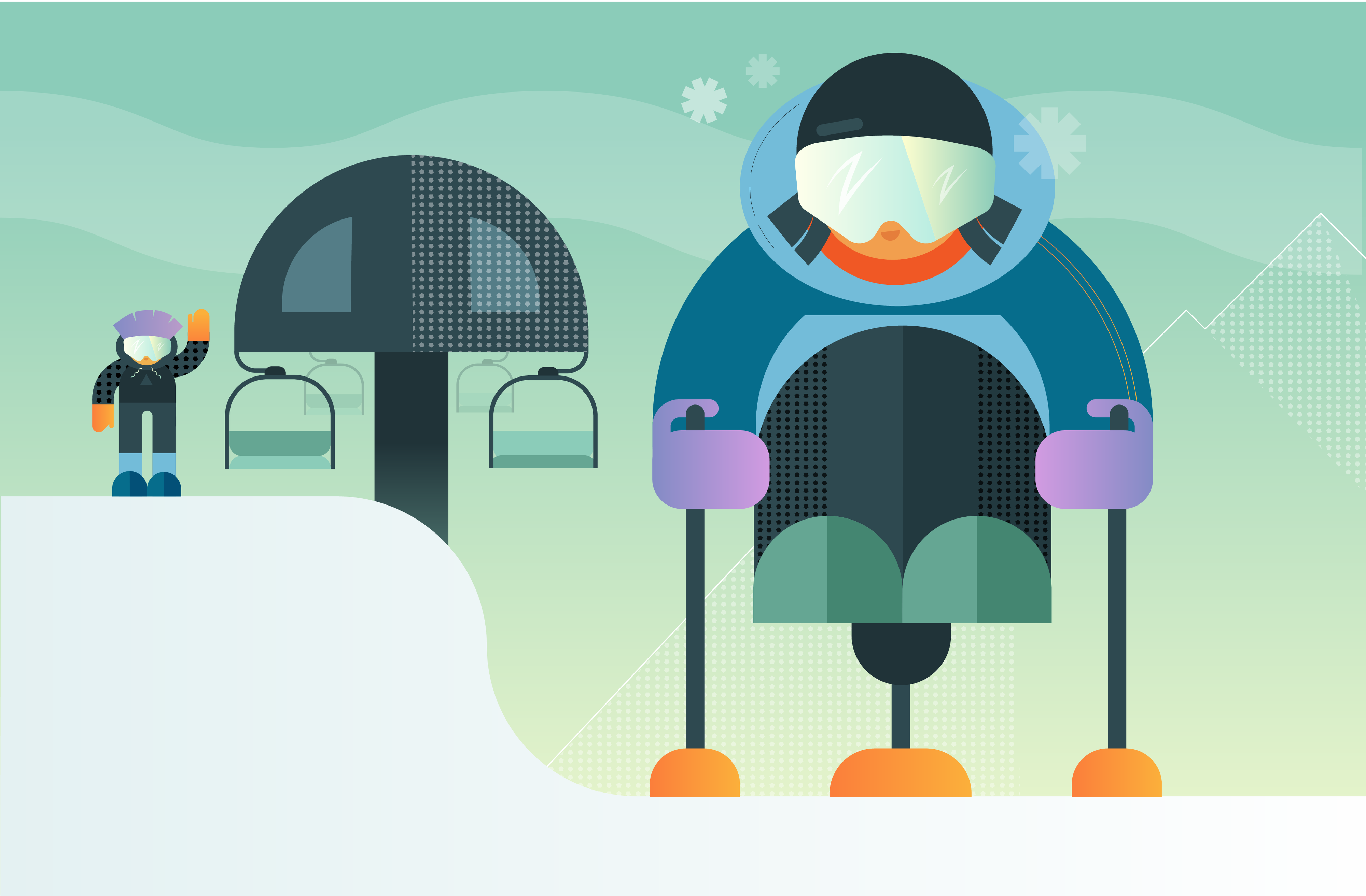
If you need assistance or there is a problem, SPEAK UP, and tell a lift operator.
Terrain Parks
Terrain parks offer unique challenges and risks. Every park is different and it is important to use features that meet your ability. All users should educate themselves on Park SMART.
Parents, make sure you understand Park SMART and ensure your kids are educated on the proper use of terrain parks and their features.
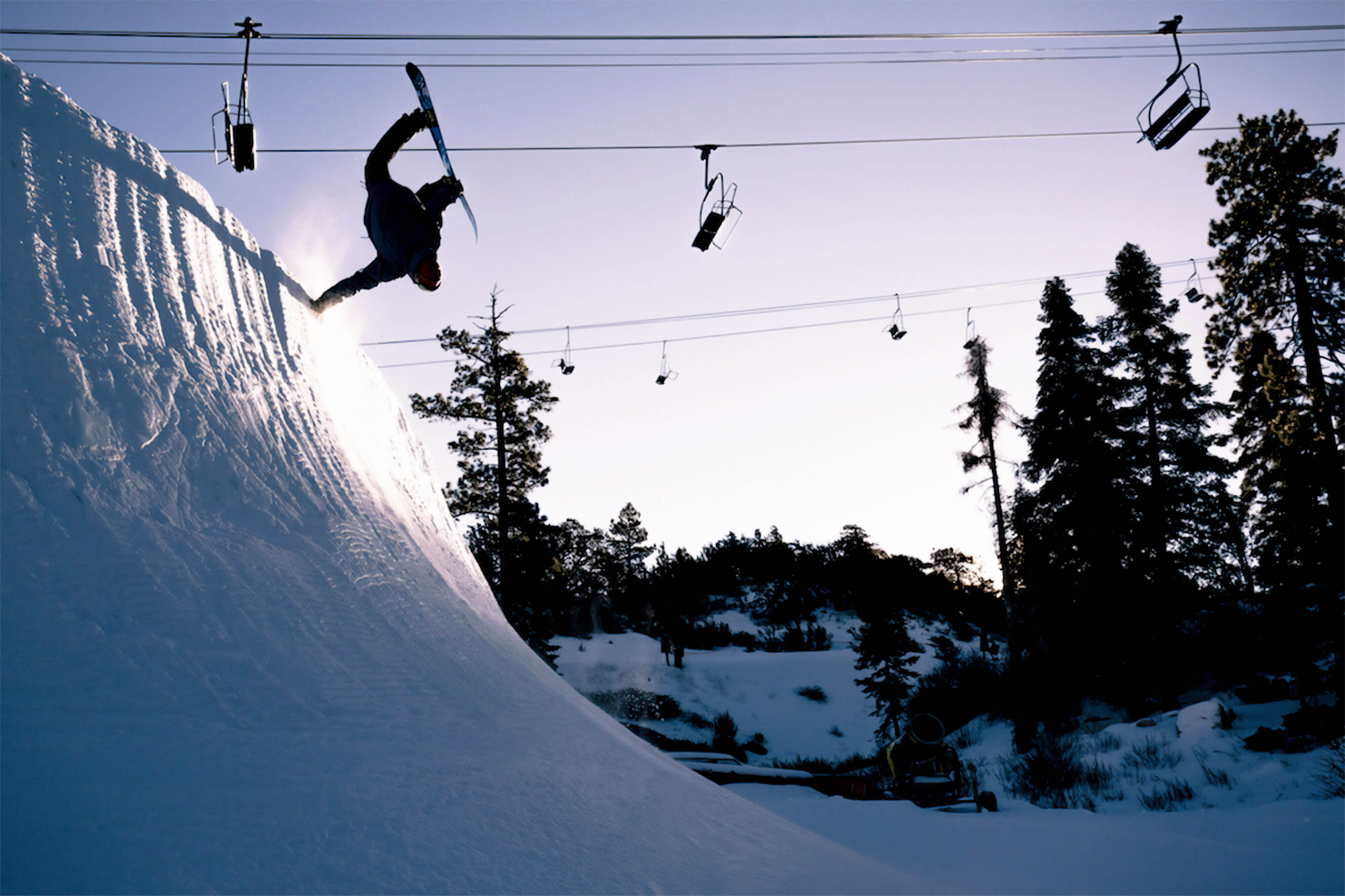
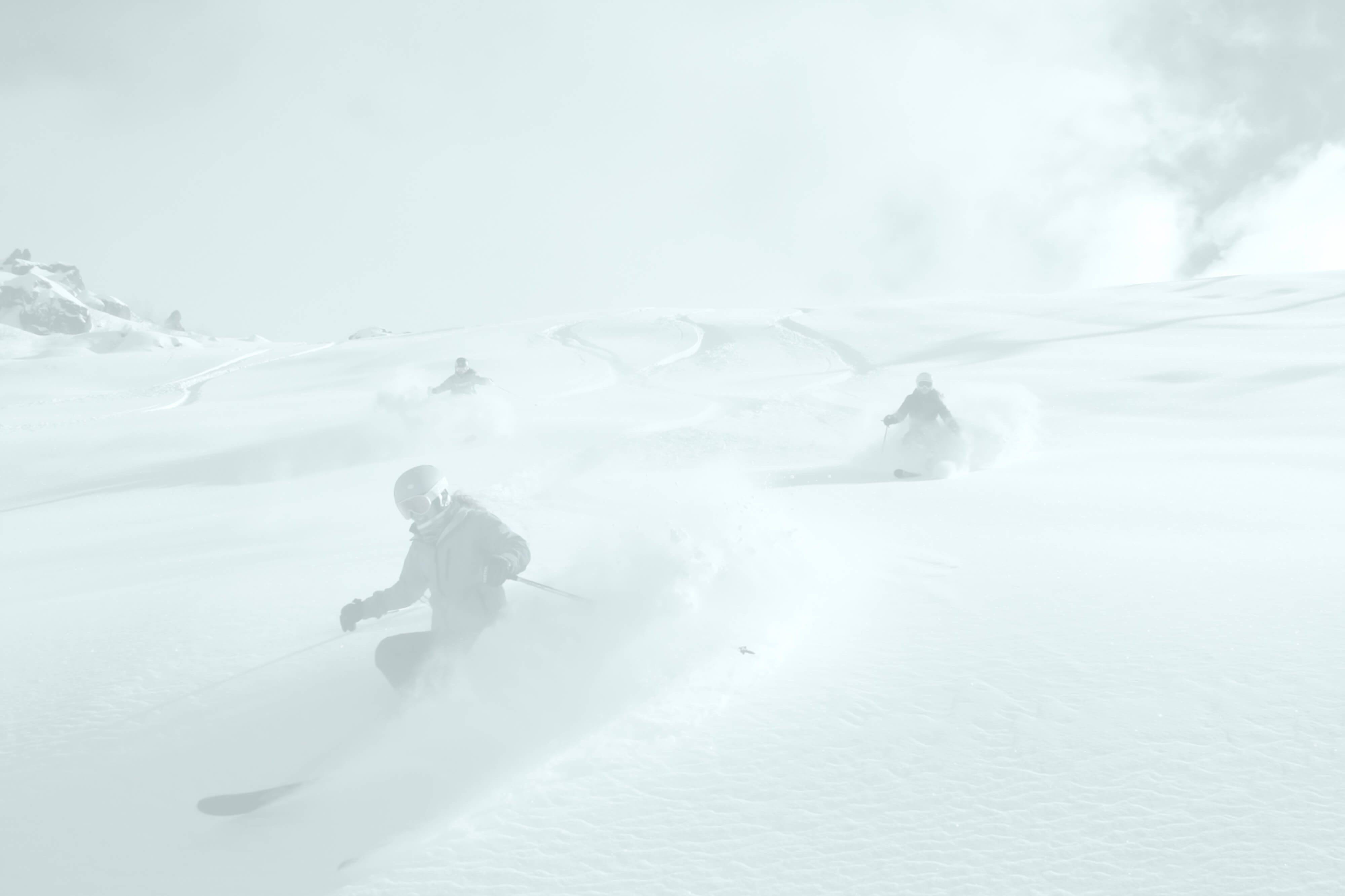
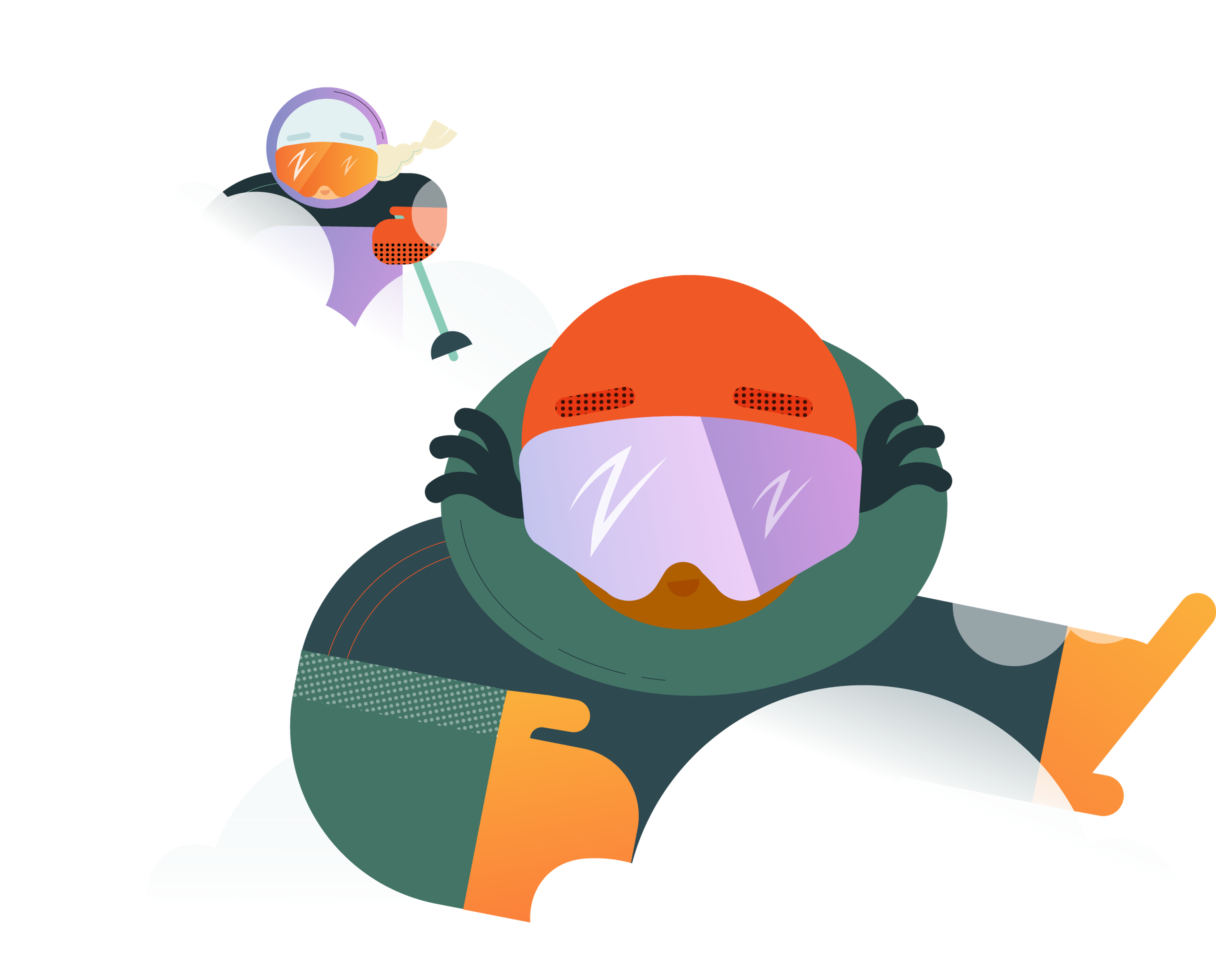
Snow Safety
Deep Snow Safety
Fresh snow is fun, but it also creates additional inherent risks. On deep snow days, be prepared and take the necessary precautions for a fun and safe day for you and other skiers and riders.
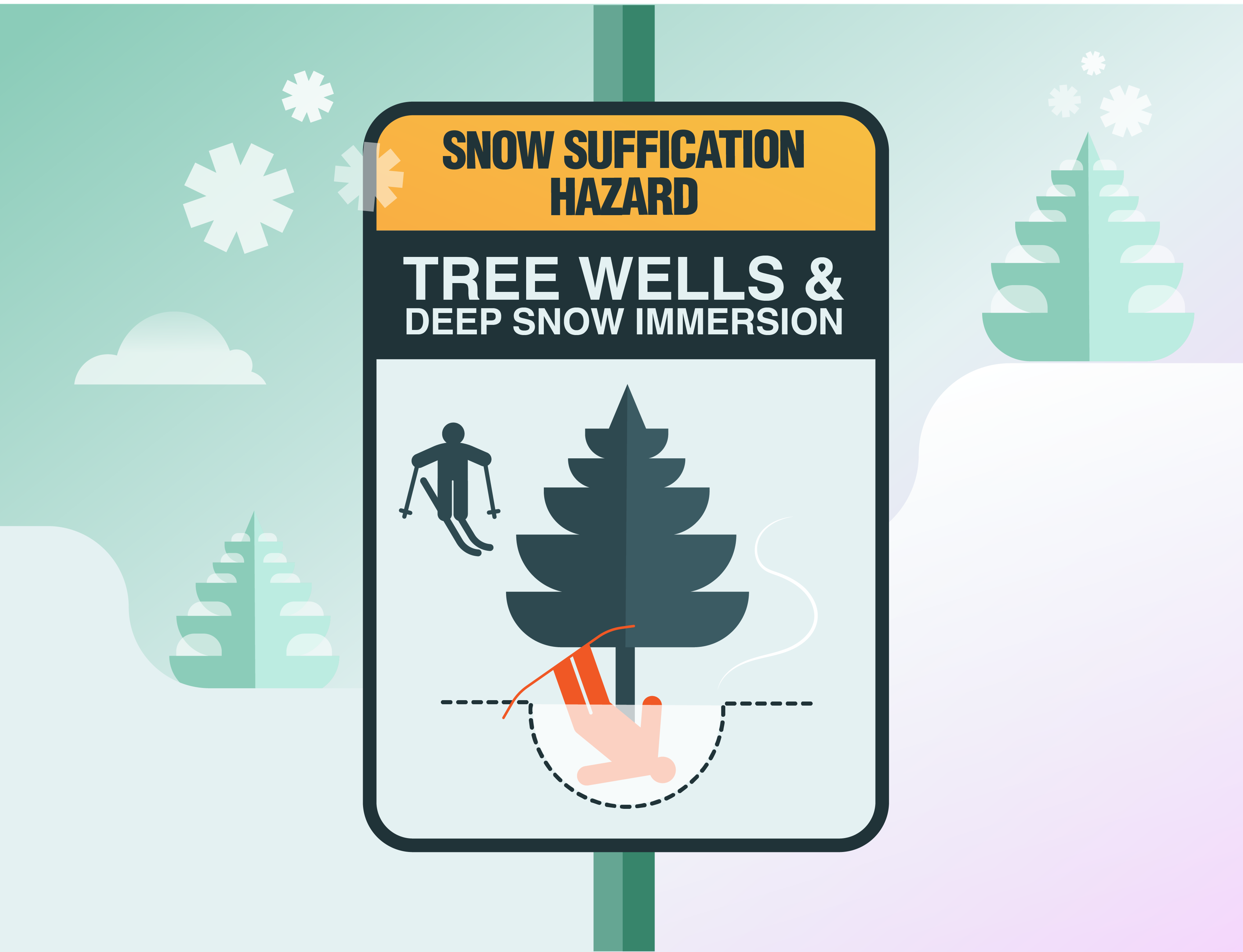
Avoid Tree Wells
These are voids or depressions in the snow that form around the base of a tree and are often hidden by low branches. Skiers and riders can fall into these wells and die. To avoid tree wells, steer clear of trees and stay in control.
Stay With A Buddy
Always maintain visual contact and stay close enough that you can pull or dig each other out of deep snow. Share your live location via electronic devices with your buddy.
Carry Information and Tools
Wear a locator (aka avalanche) beacon and know how to use it. Also, carry a whistle! They are cheap and can alert people to your location quickly. Have ski patrol phone numbers so you can quickly call for help (but be aware of areas without cell coverage).
Avalanche Awareness
Many ski resorts have avalanche-prone terrain, and the risk of avalanches cannot be completely eliminated.

Closed Areas
Ski Patrols use a variety of techniques and equipment for avalanche mitigation, including explosives. Avalanche mitigation may require terrain closures and delay opening. For your safety, never enter a closed area.
Changing Snow Conditions
In a mountain environment, conditions change rapidly. Temperatures, sun, wind, snow, and other skiers and riders can drastically change conditions throughout a day. Be aware of changing conditions and know your limits on different snow surfaces.
Out of Bounds
If you leave the ski area boundary, which is illegal at some resorts, you do so at your own risk. Areas outside the boundary are neither controlled nor patrolled, and ski patrol is under no obligation to conduct a rescue. Avalanche education, proper equipment, and a partner are essential if you choose to enter the backcountry. Contact your local avalanche center or visit the Ski California website for more information.
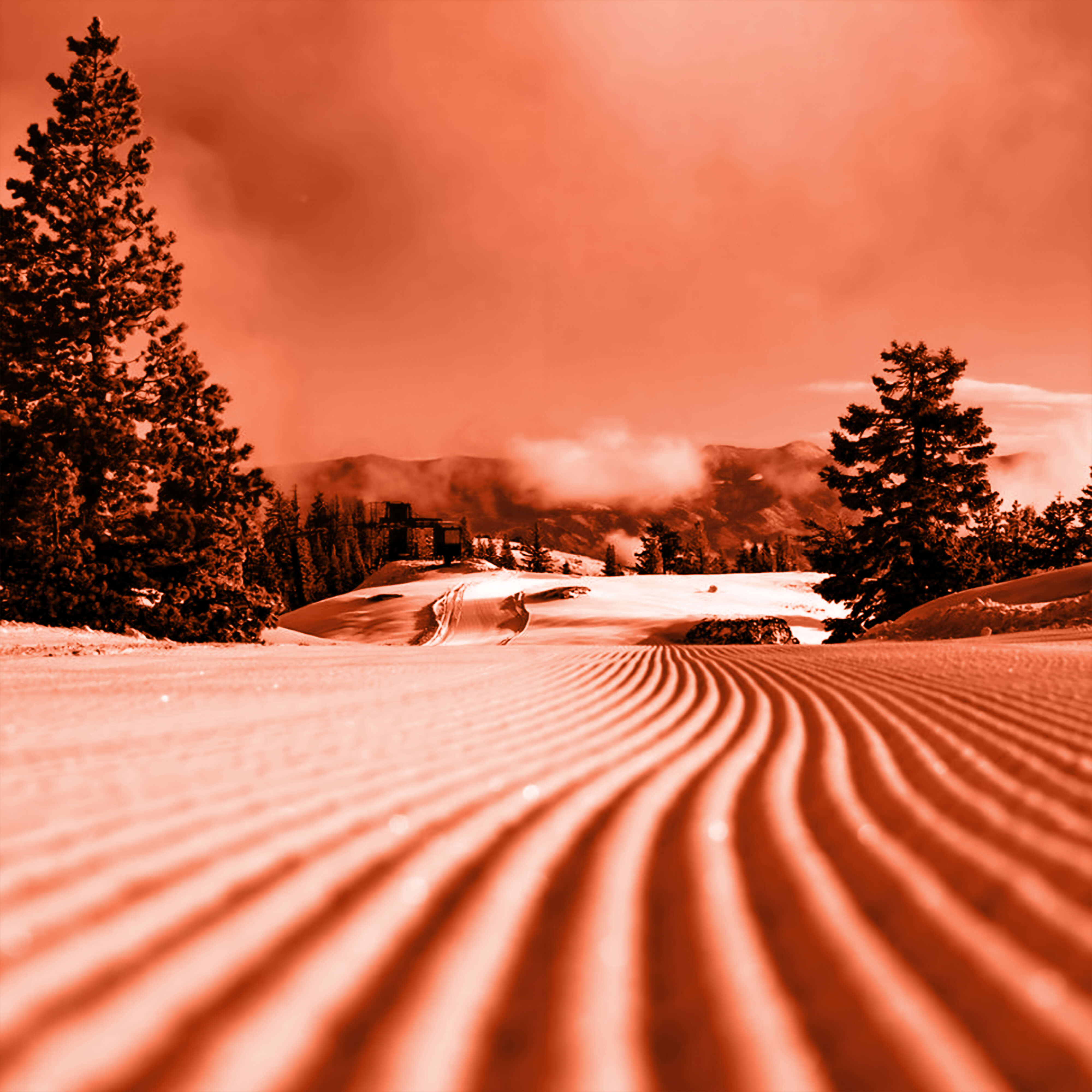
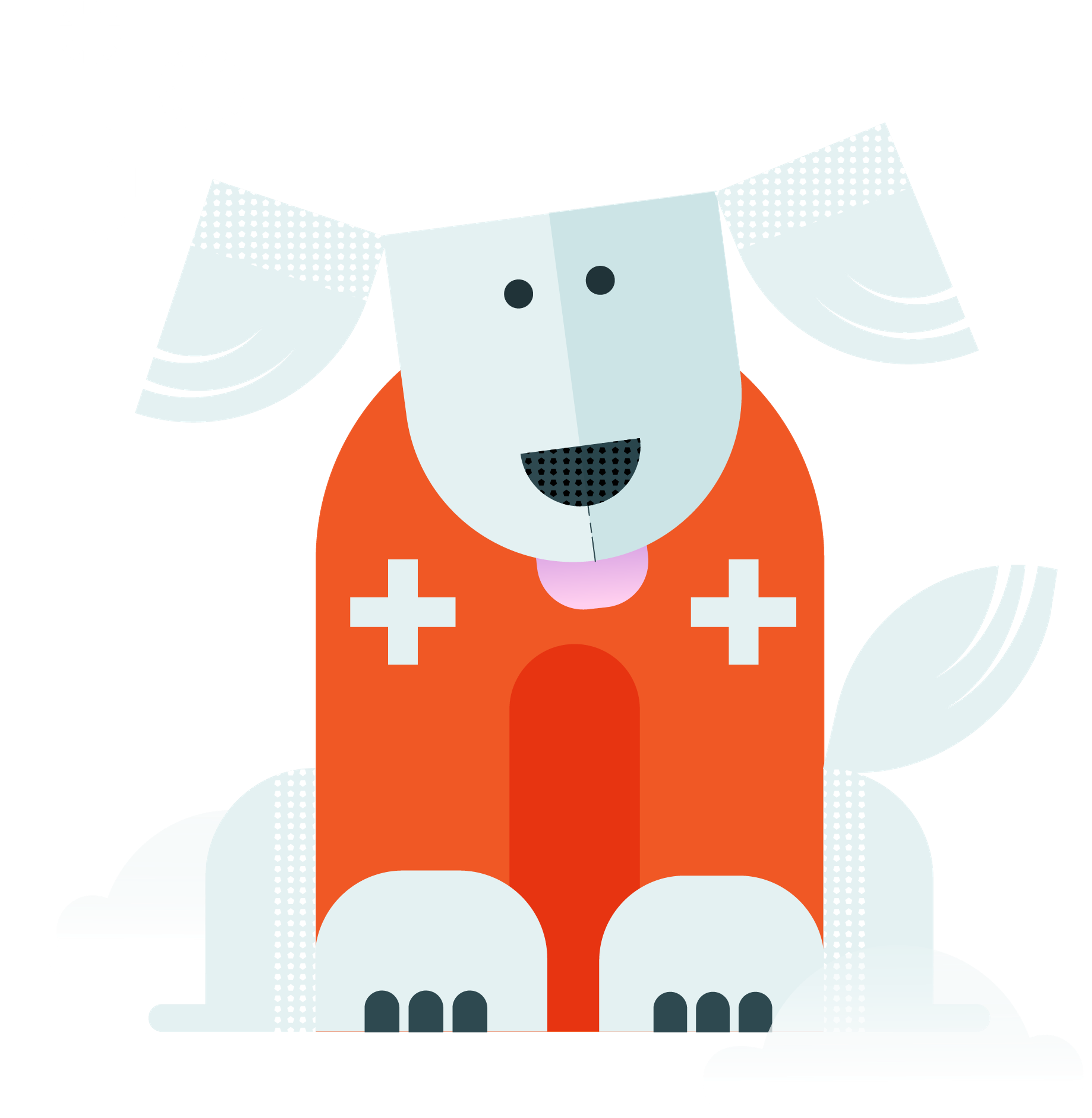
Commit To Safety
When it comes to safety, we are all in this together. Our Commitment to Safety helps us prepare and operate the mountain for your enjoyment. Your Responsibility Code helps you understand the rules you must follow to enjoy a safe day on the slopes.
It's the Law
It is illegal to ski or ride in a CLOSED area. (Cal. Penal Code 602(r); NRS 455.100(8))
It is illegal to leave the incident scene if involved in a collision, except to notify and obtain ski patrol assistance. (Cal. Penal Code 653i; NRS 455.170)
Commit to Safety and Win!
Complete the Ski California Mountain Safety Guide Quiz for entry into a March raffle for a chance to win a 2025-26 Ski California Gold Pass, plus drawings during season with packages that include Glade helmets, goggles, and other accessories!


